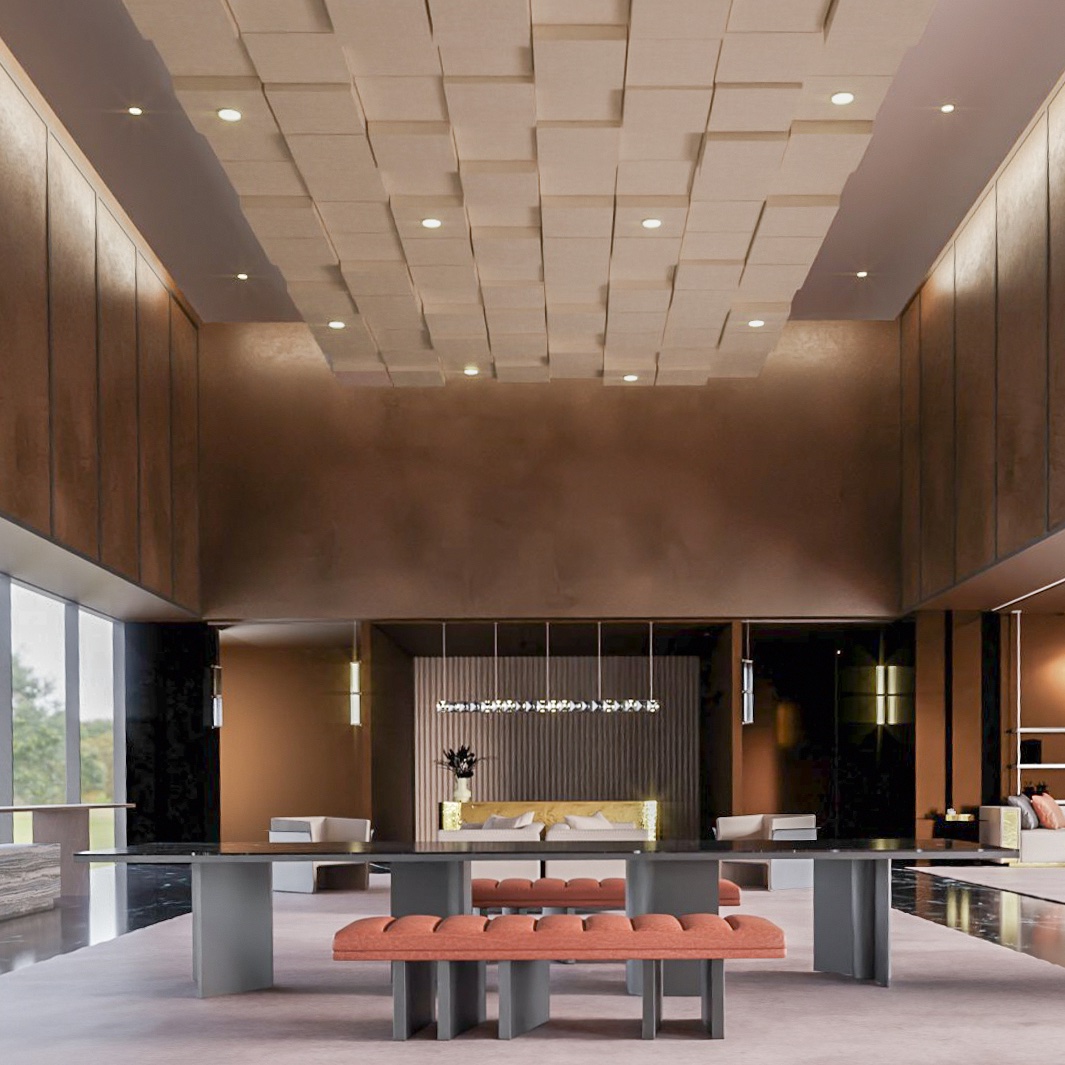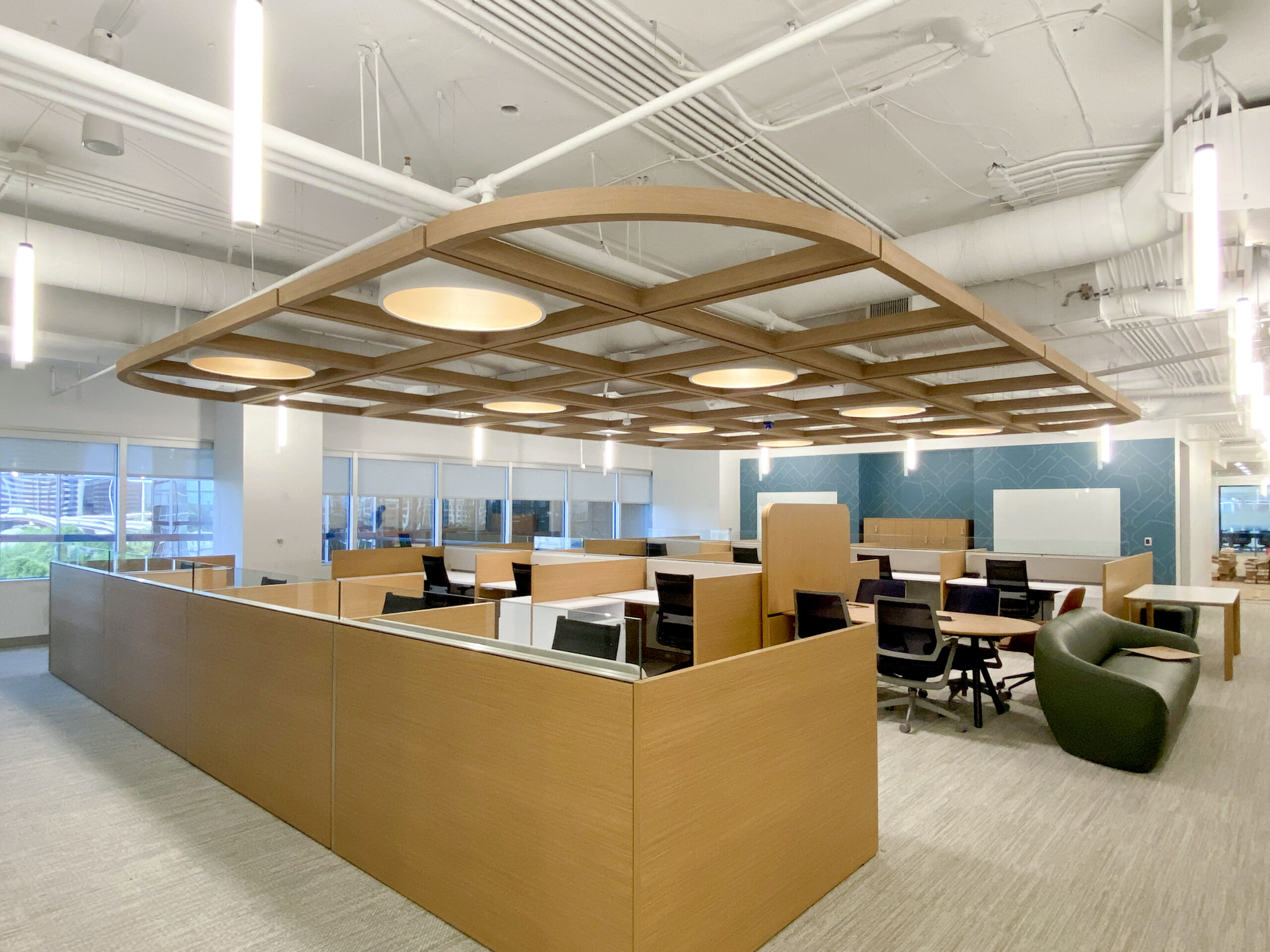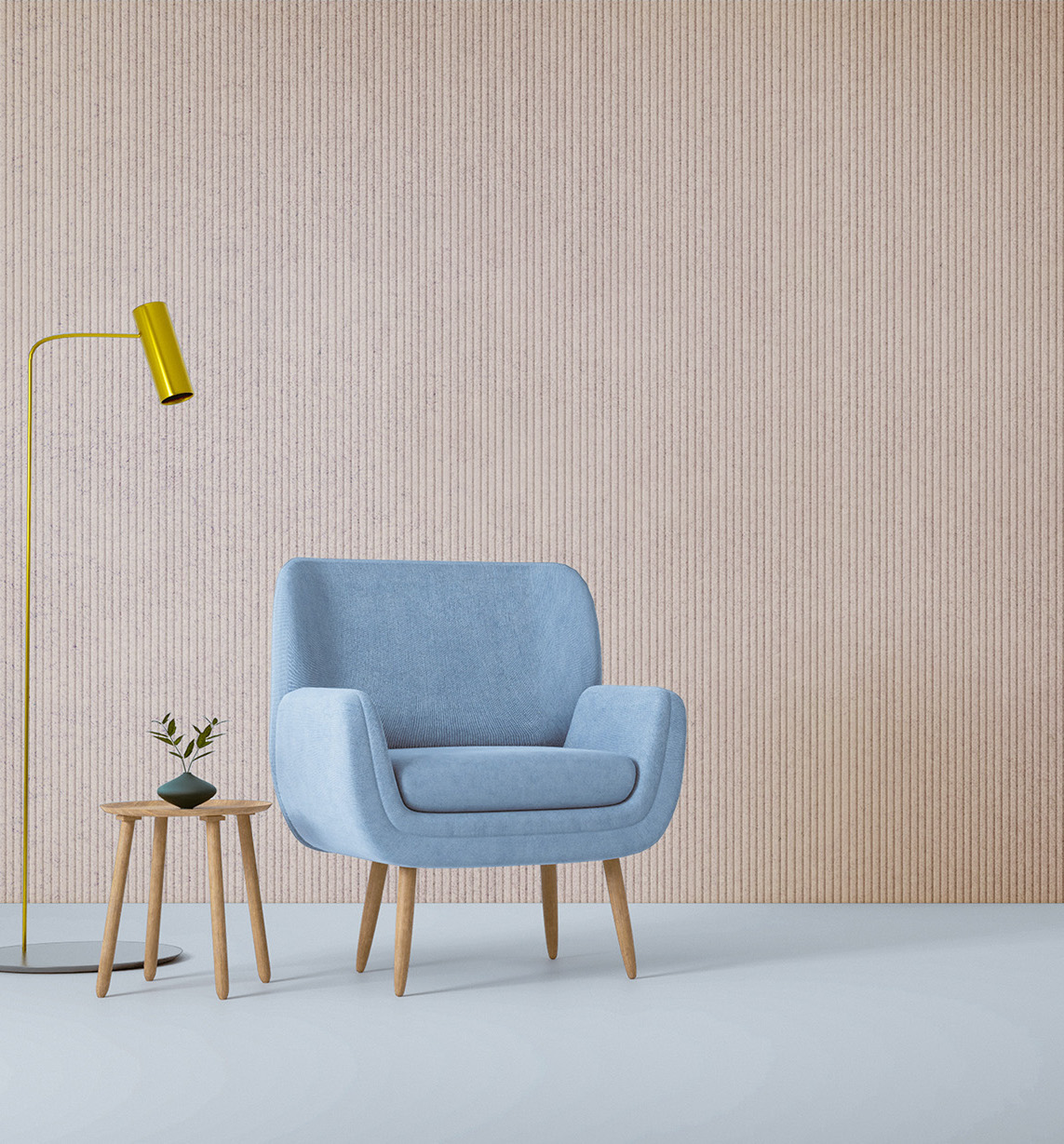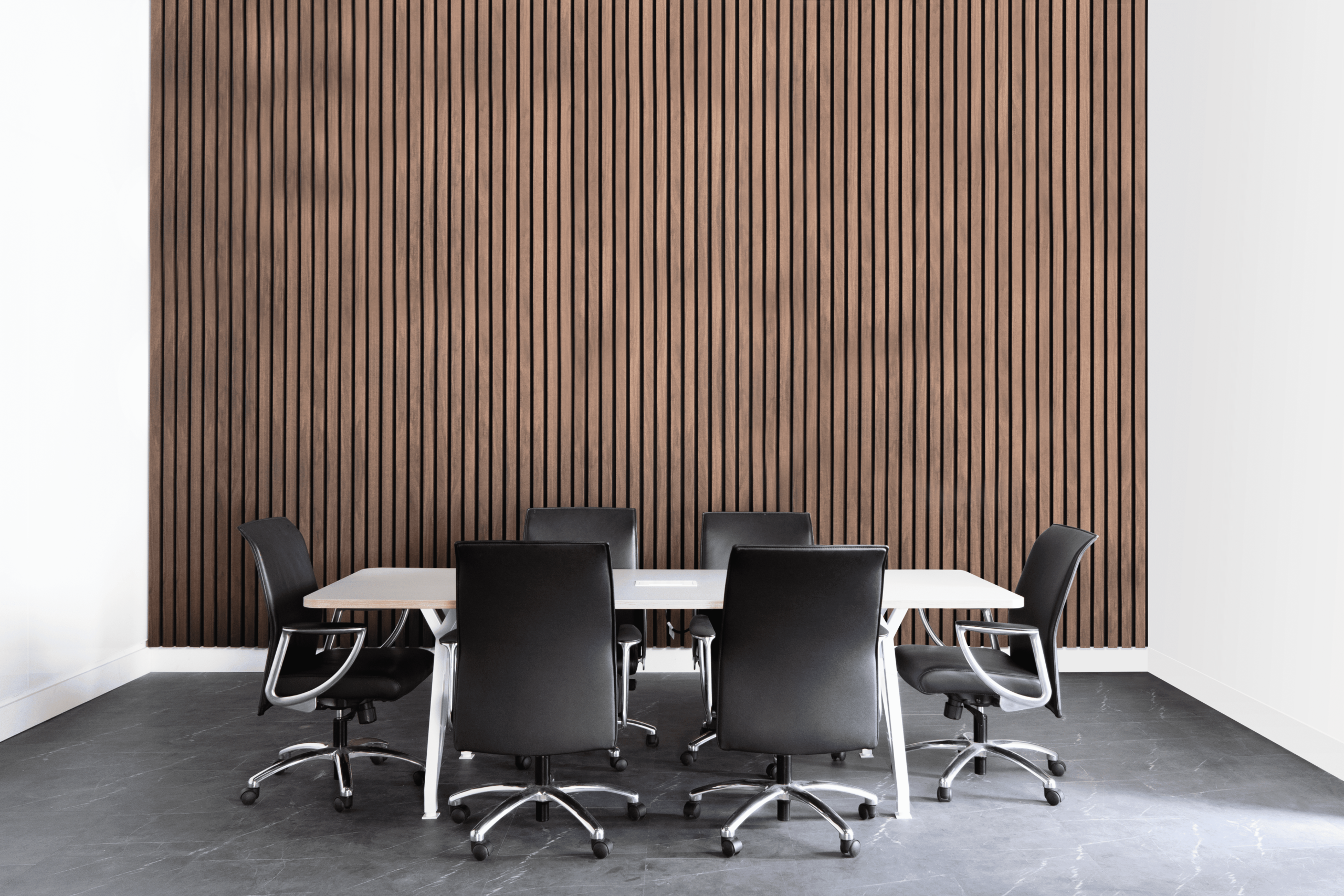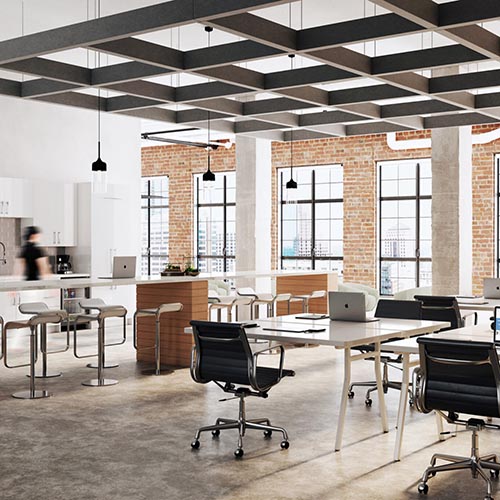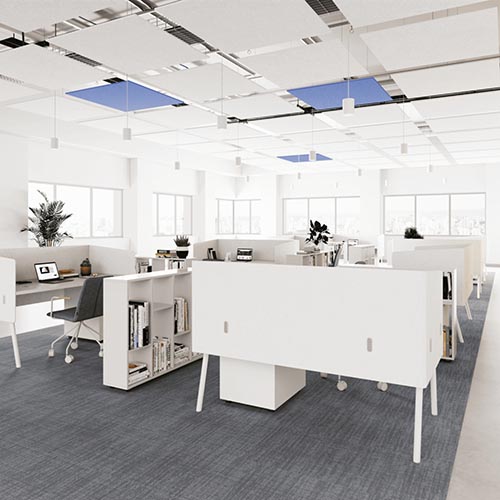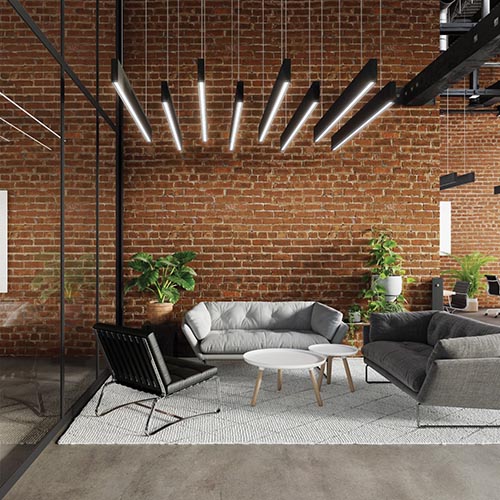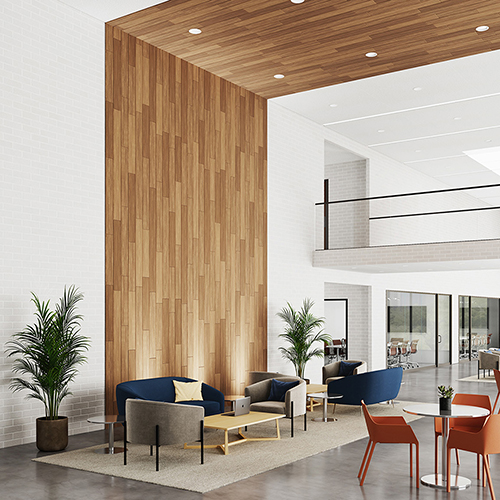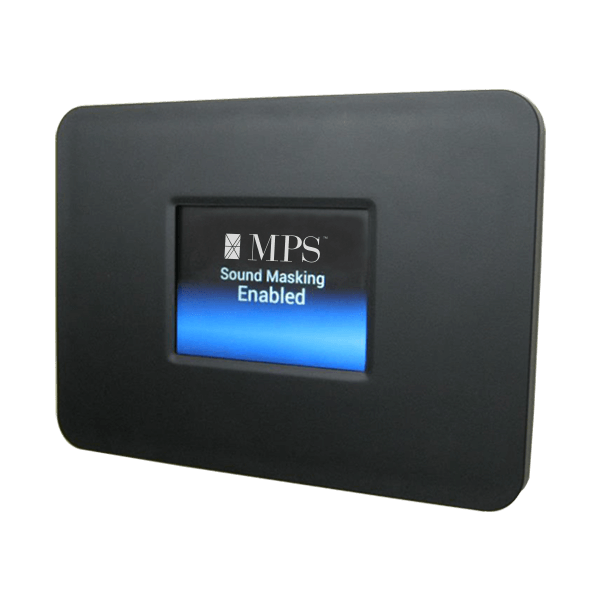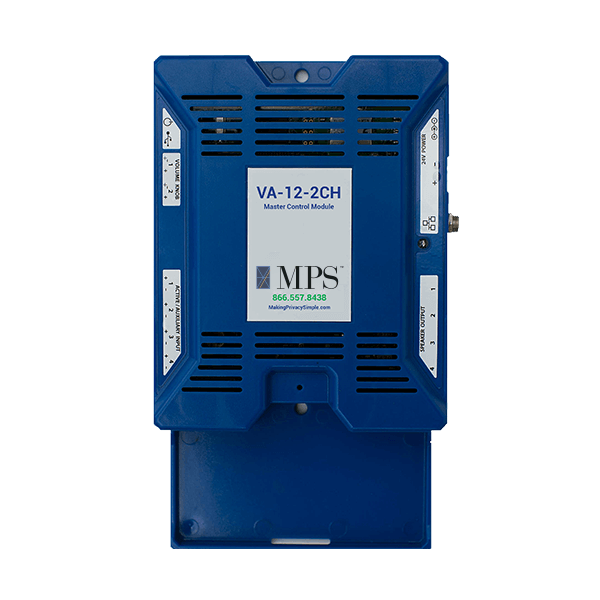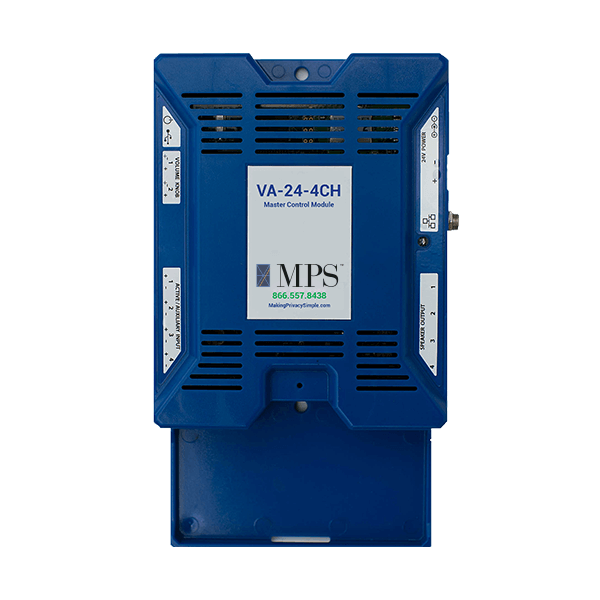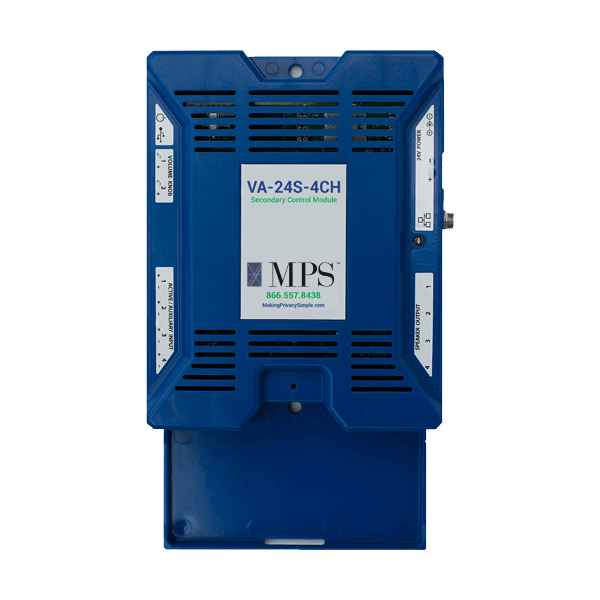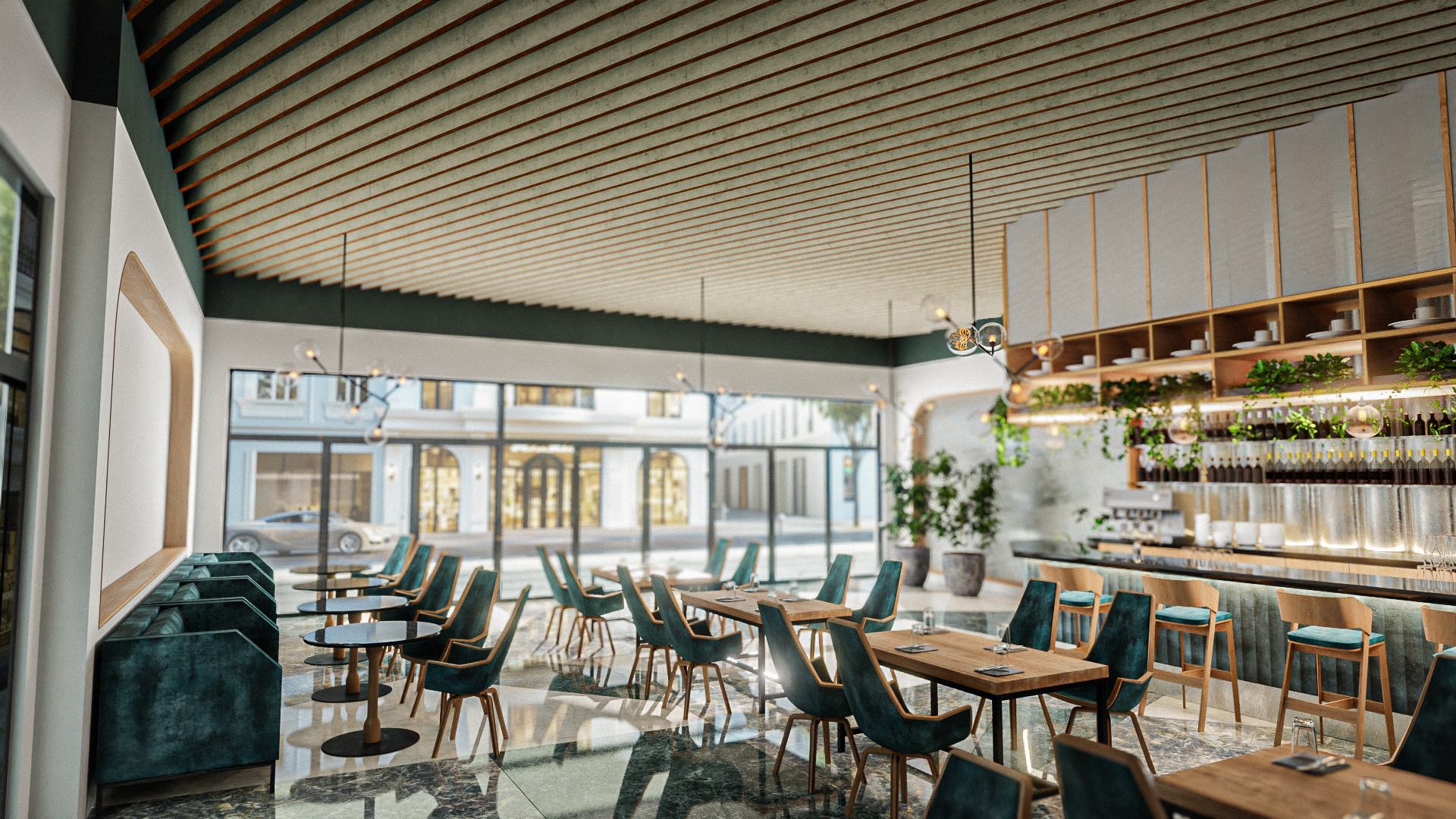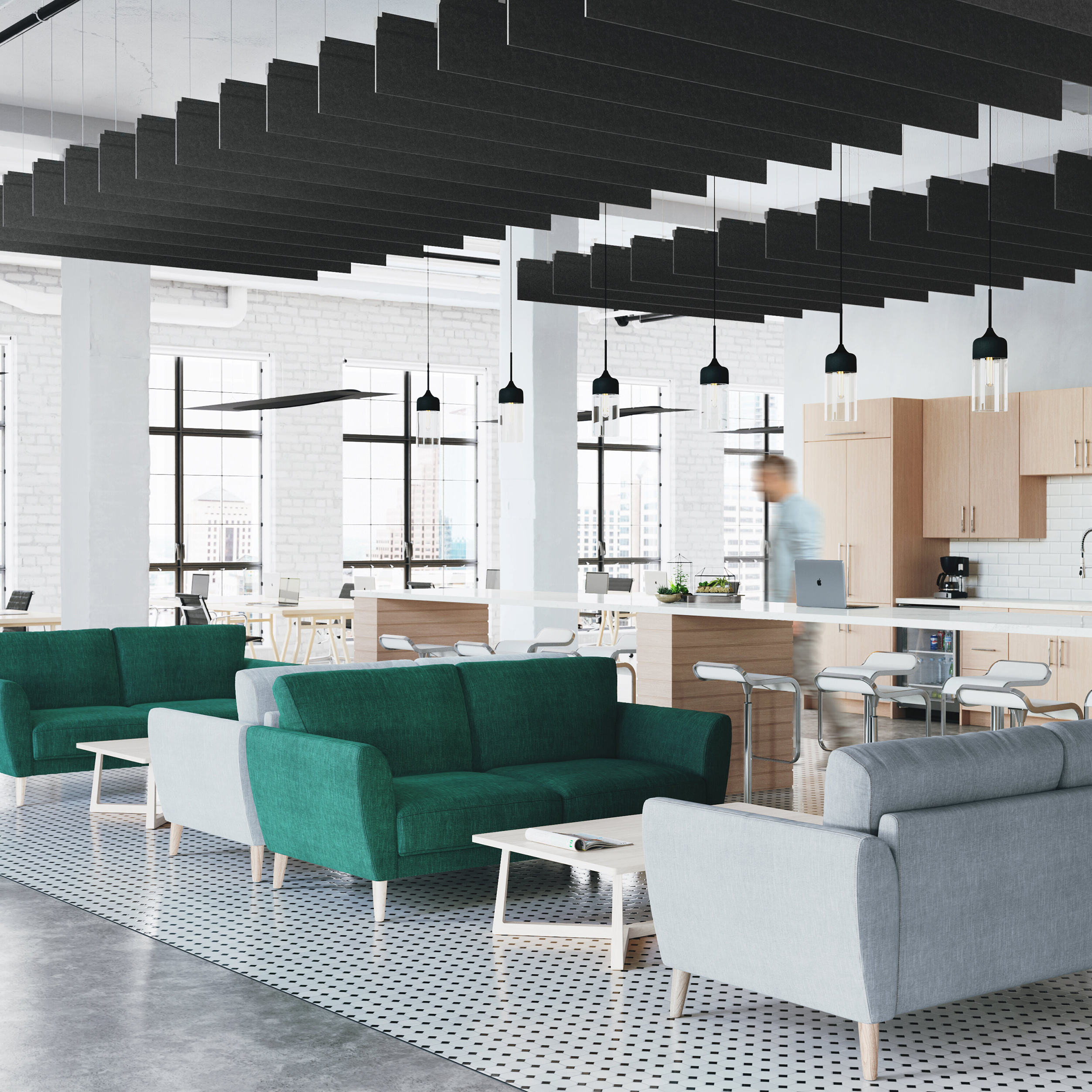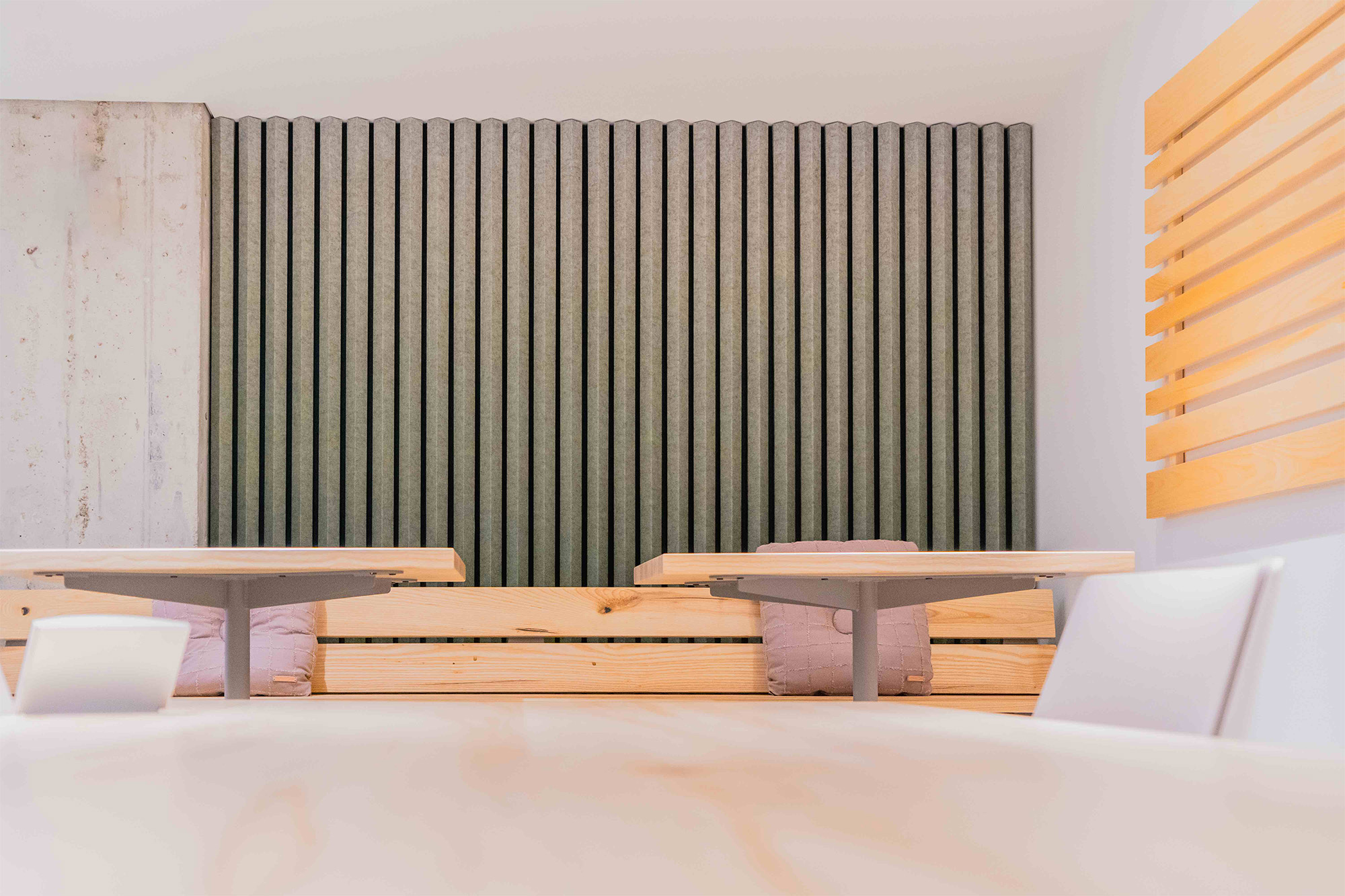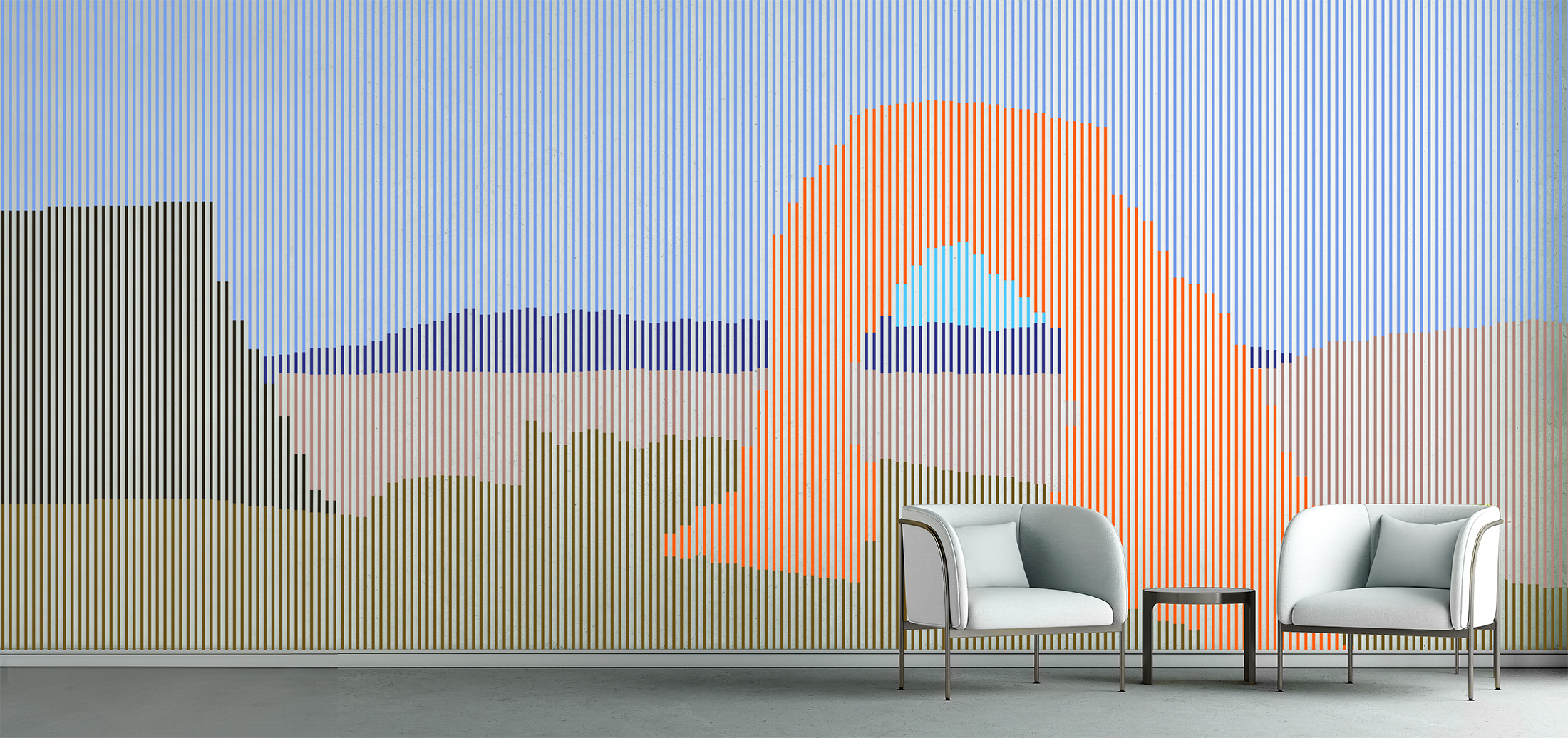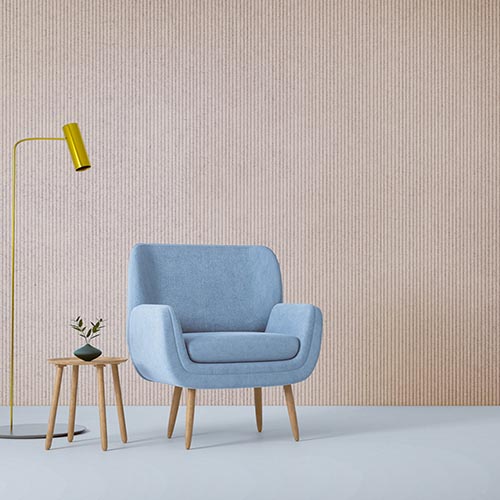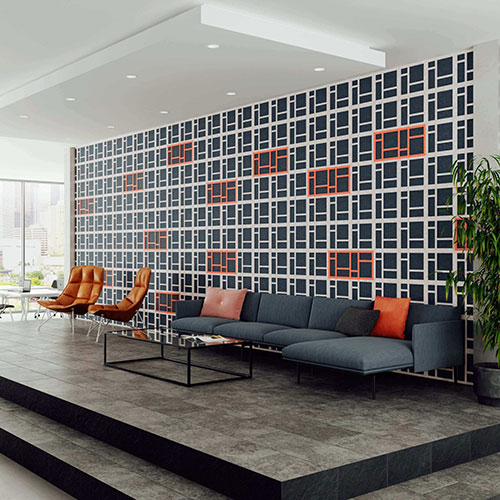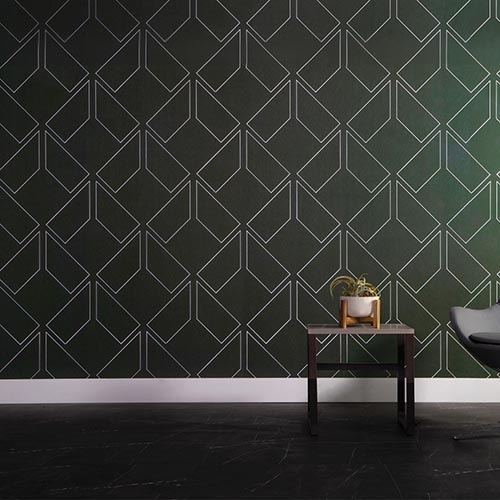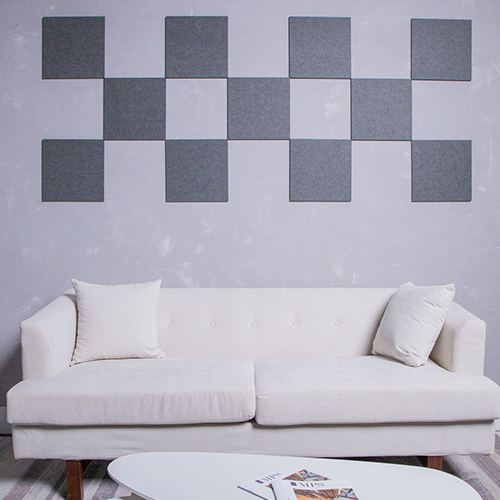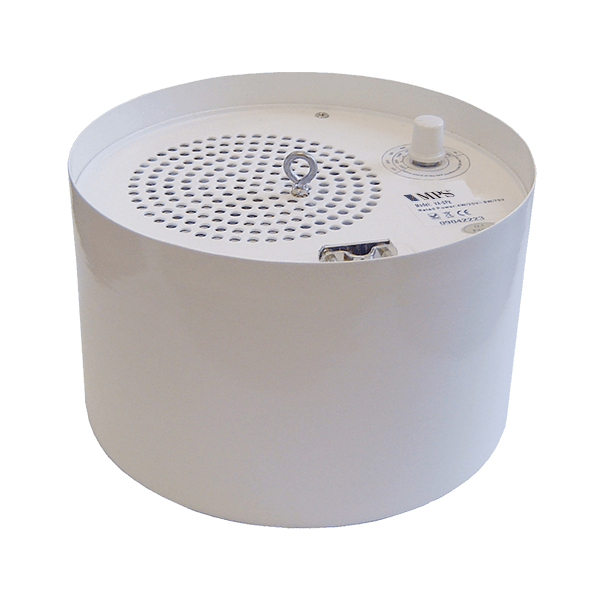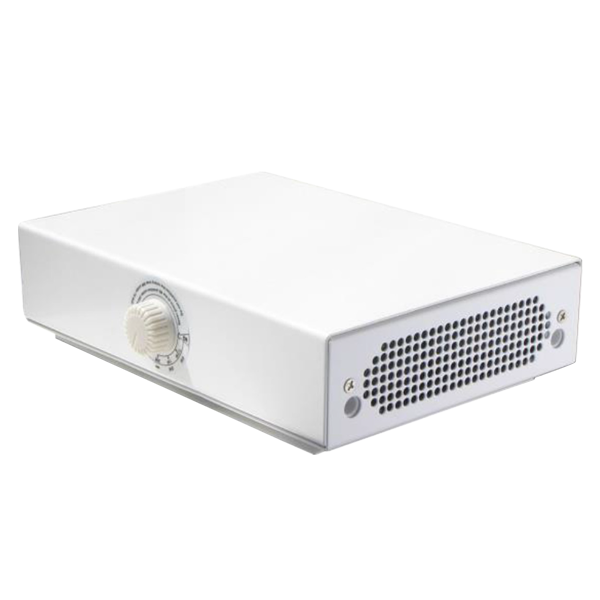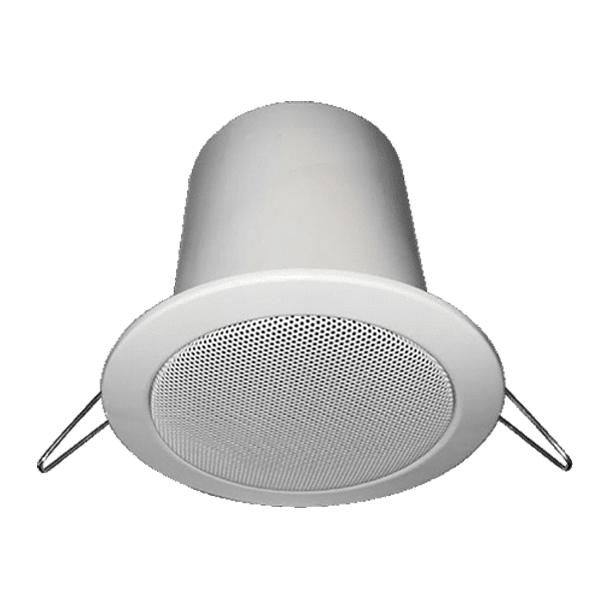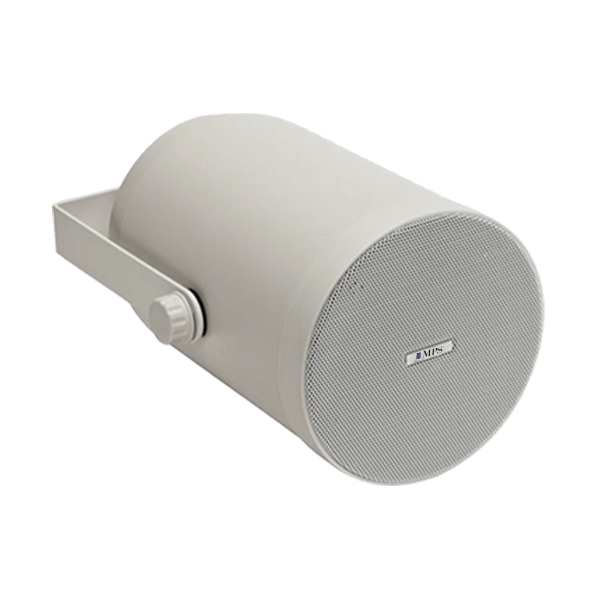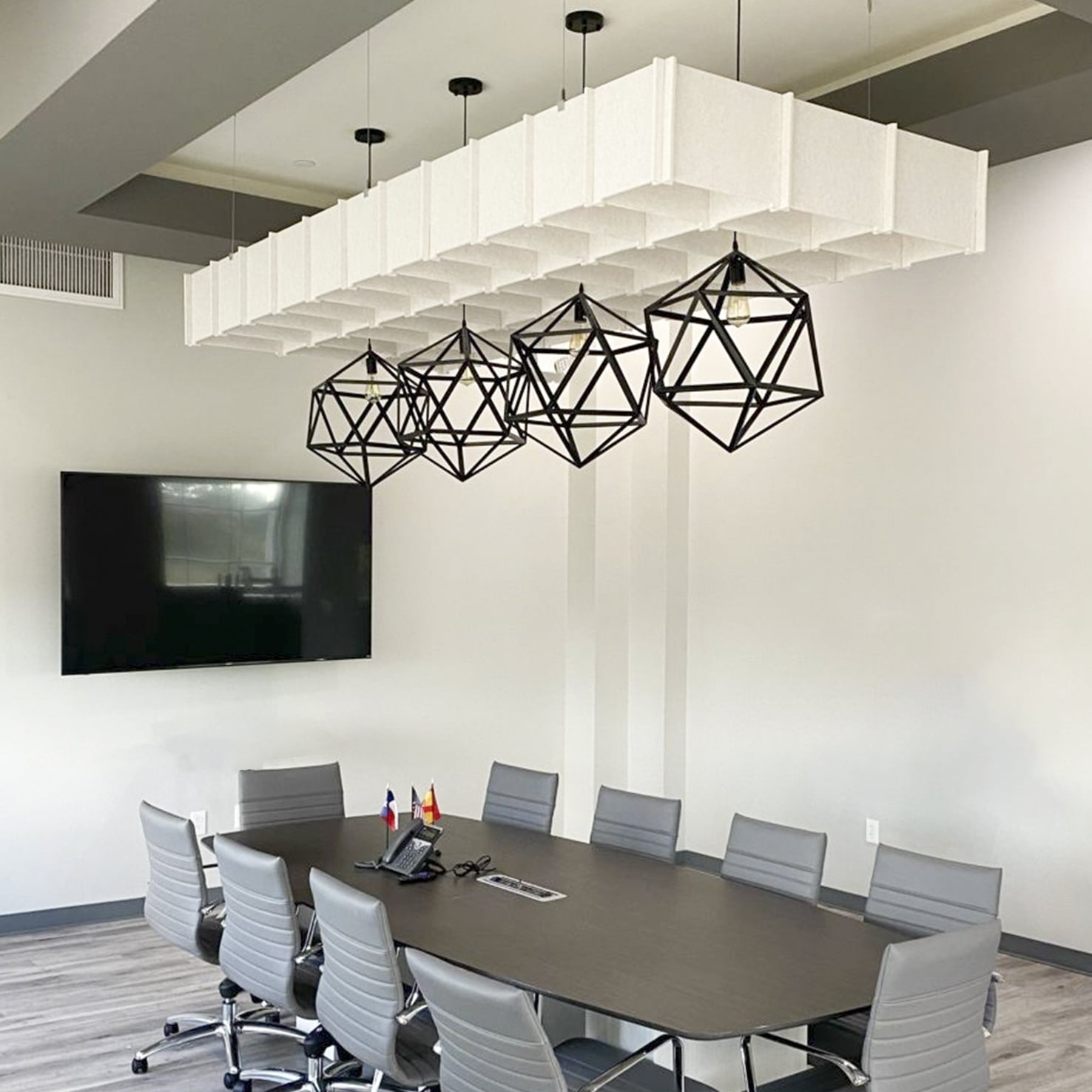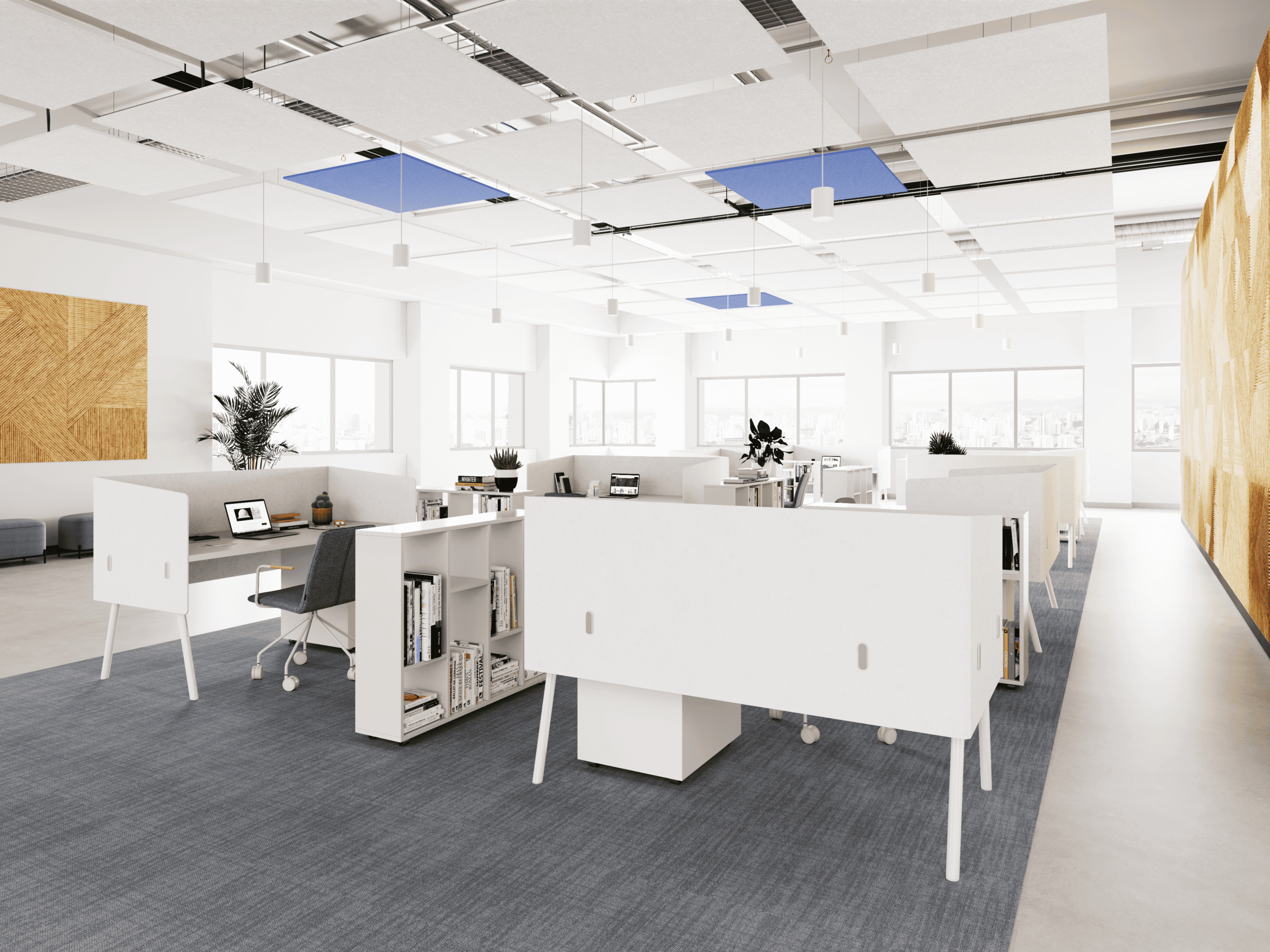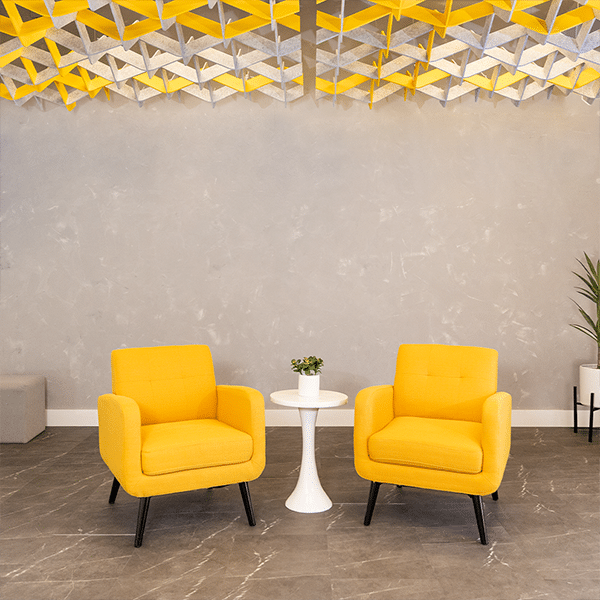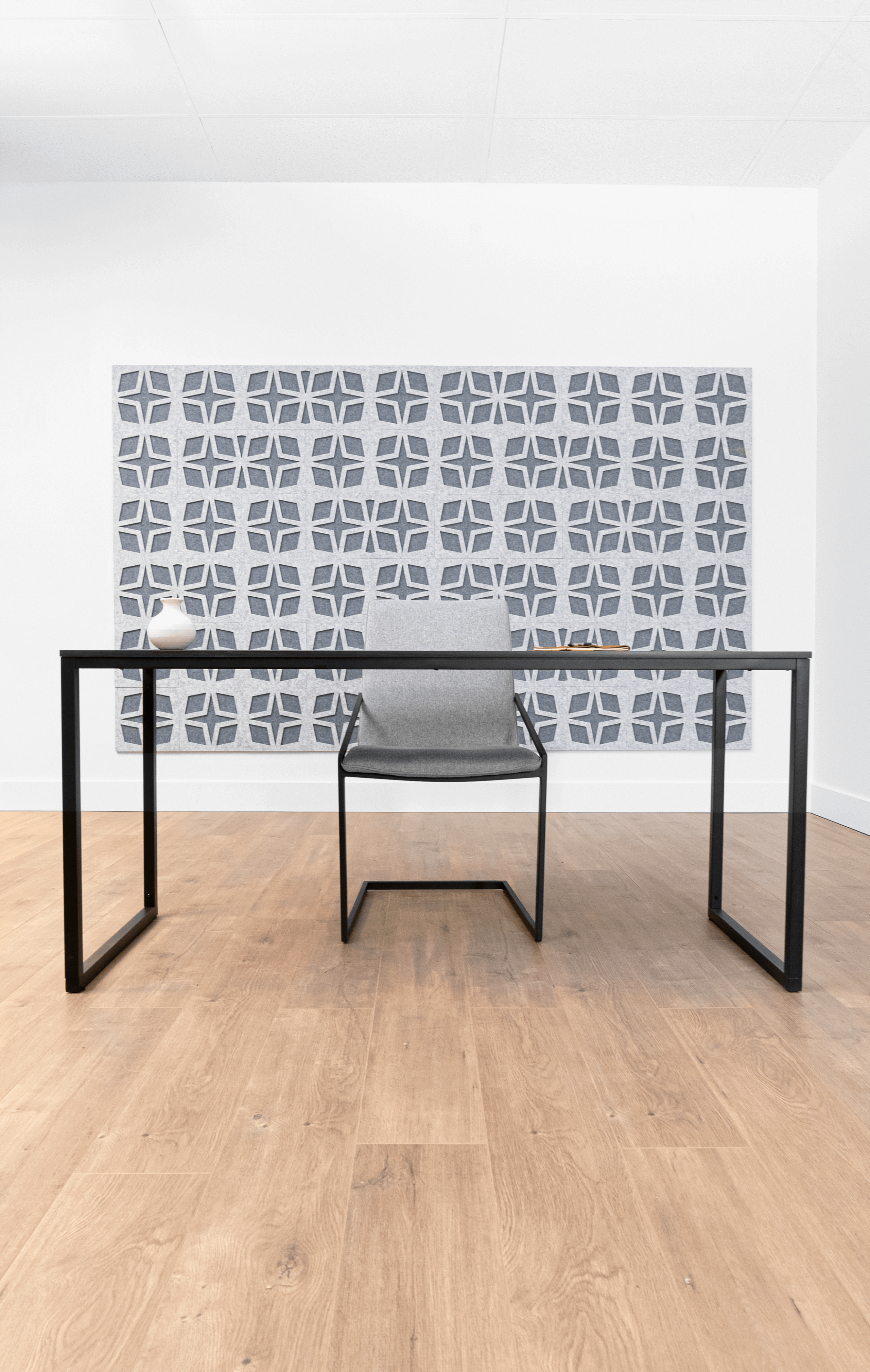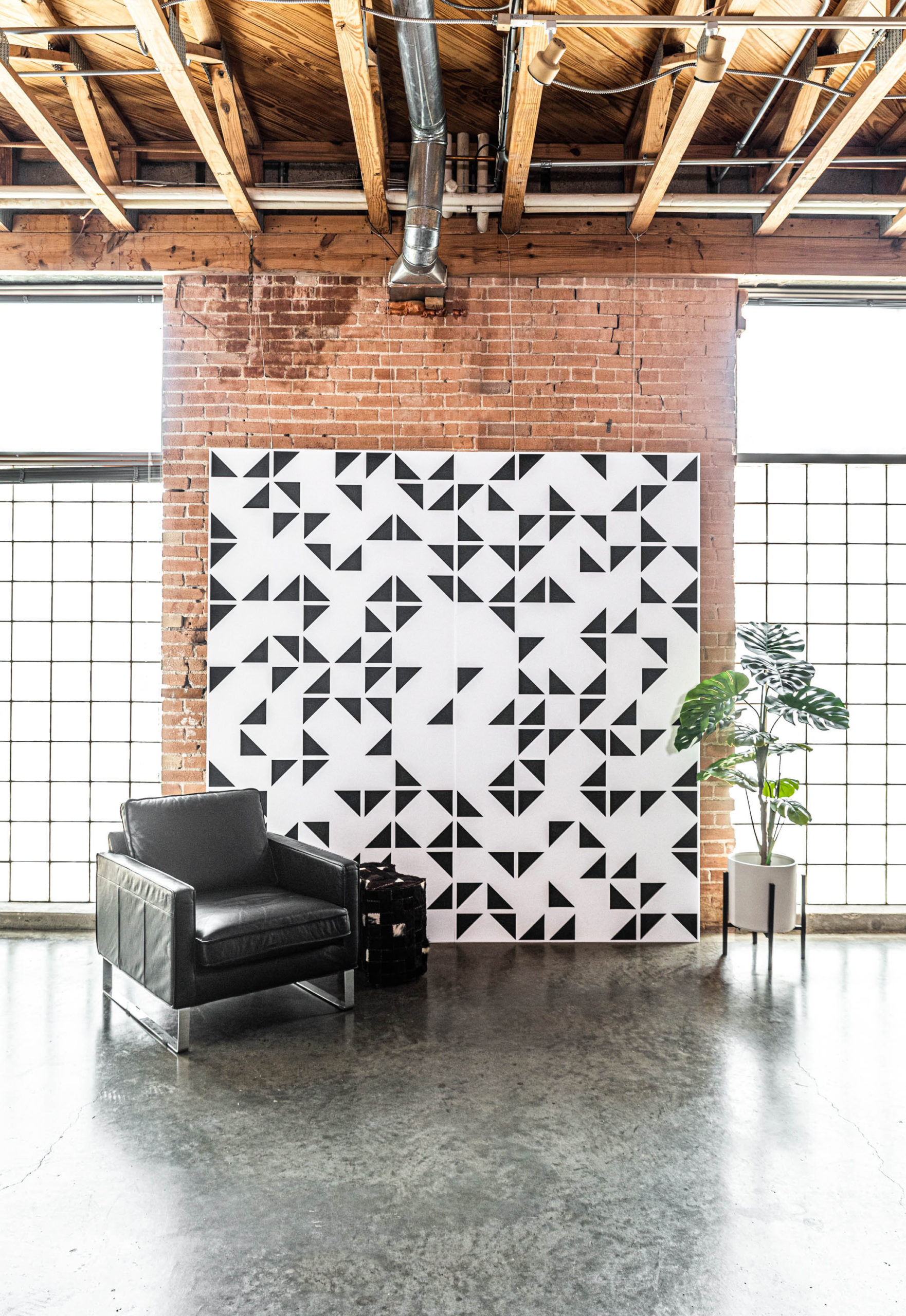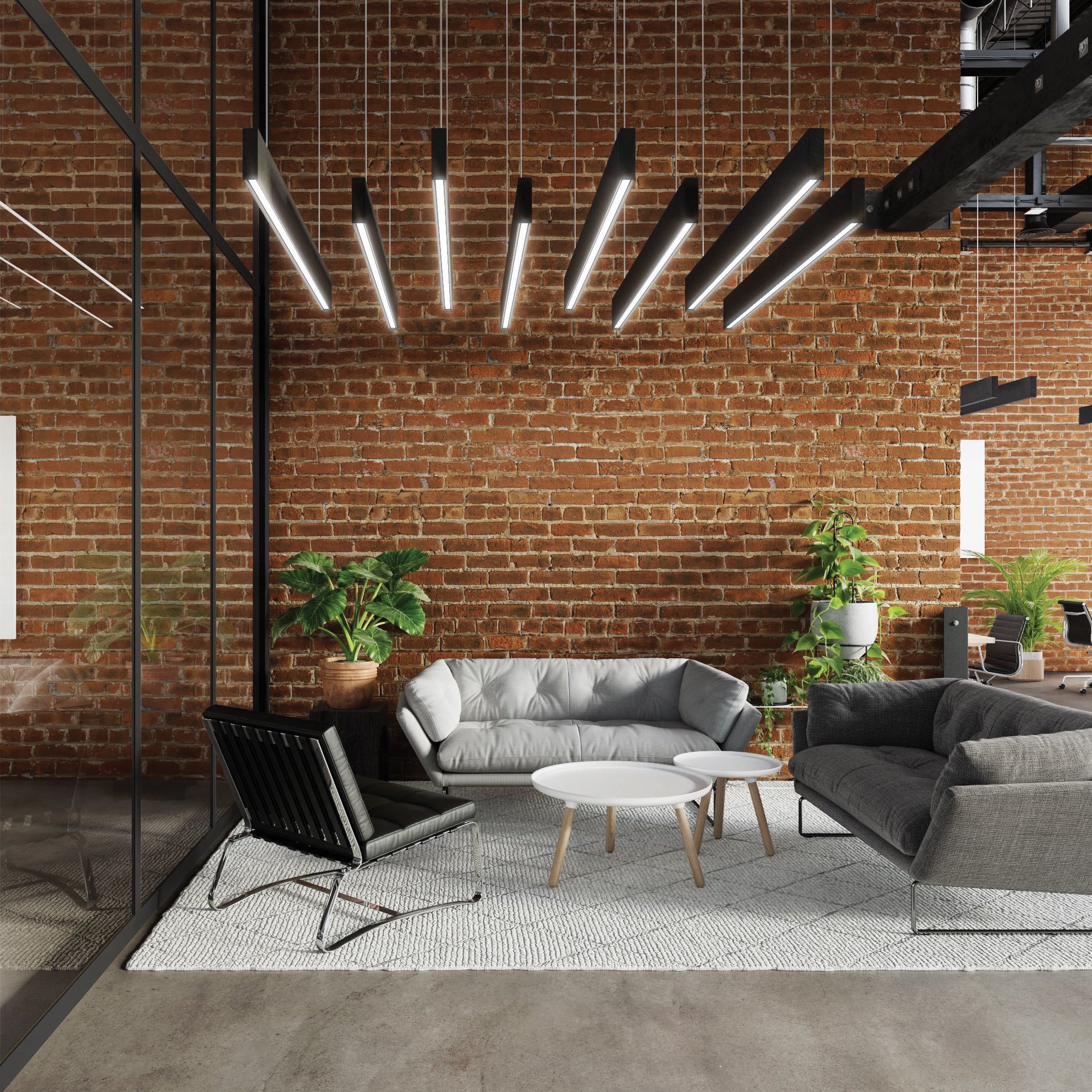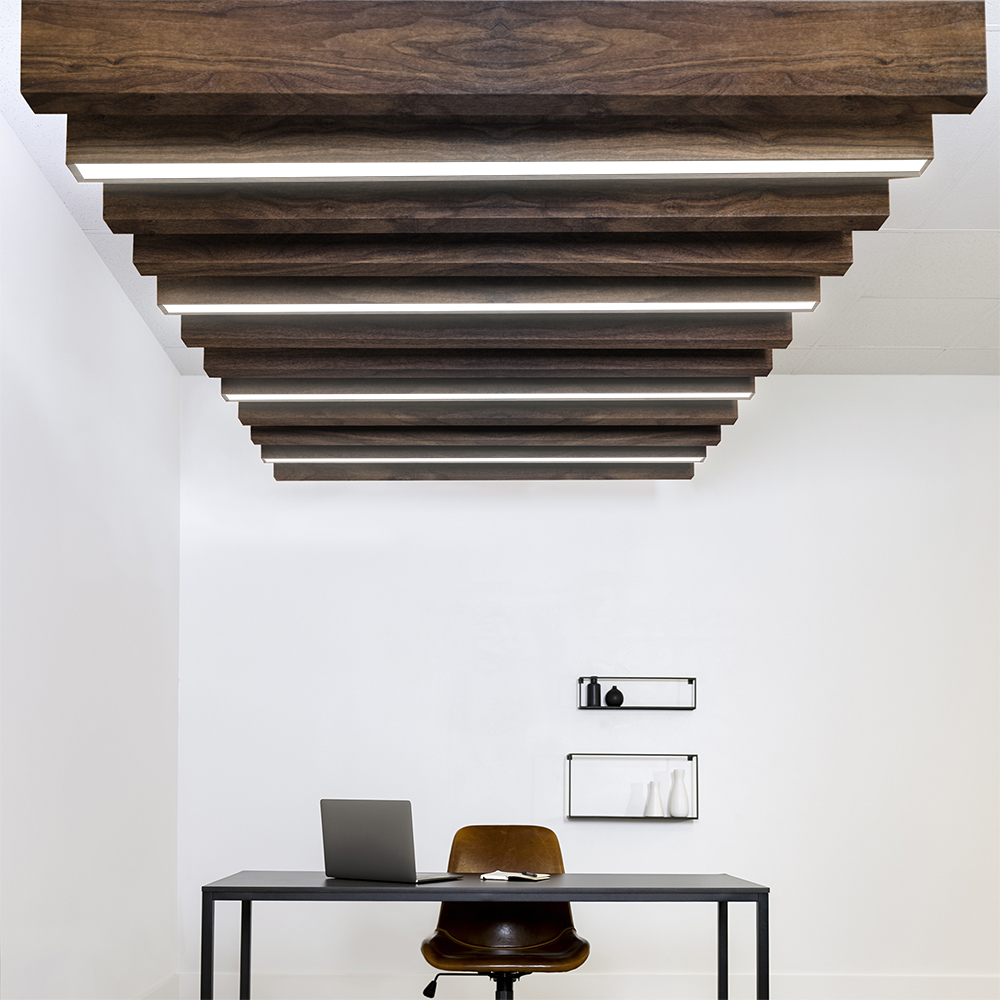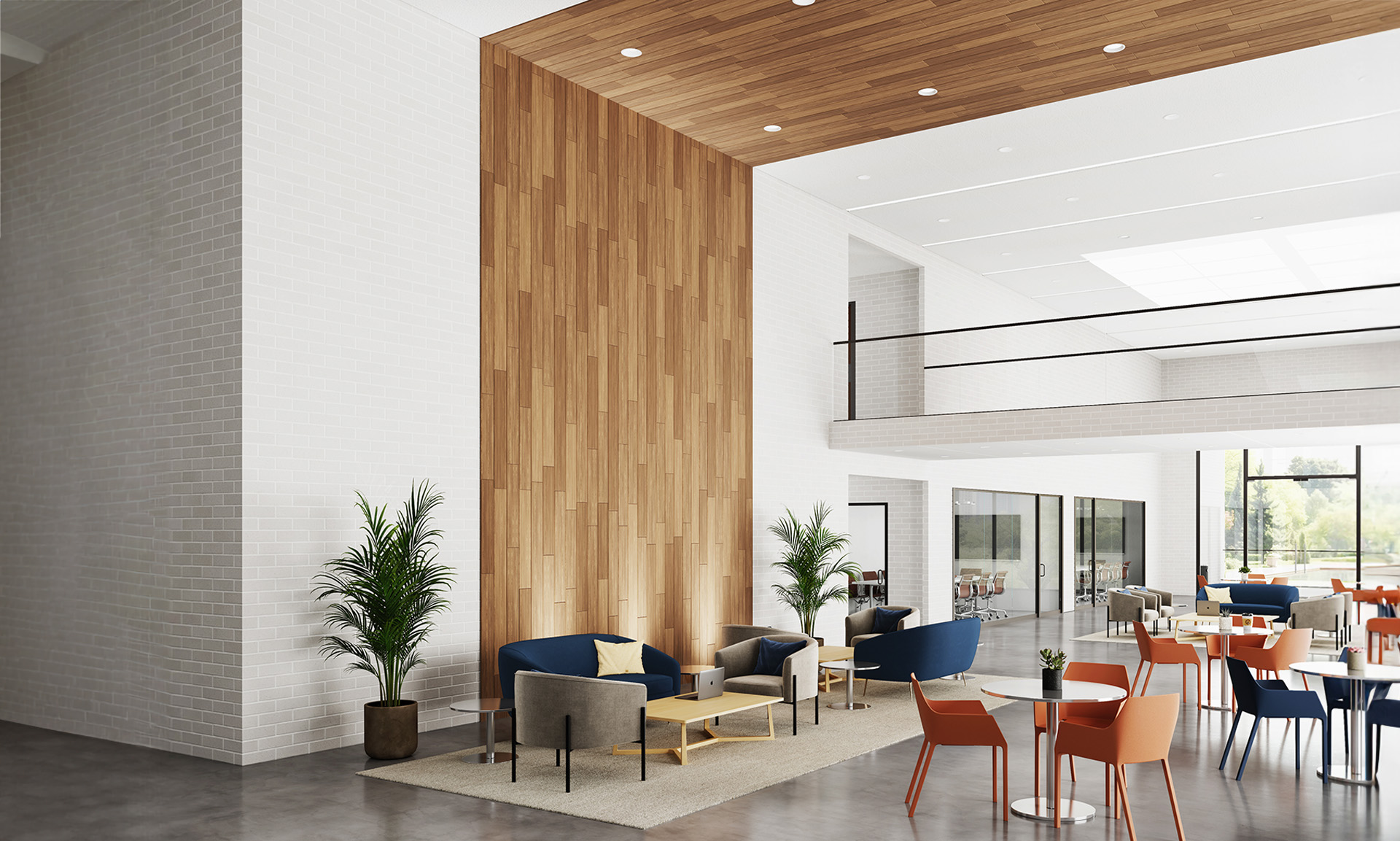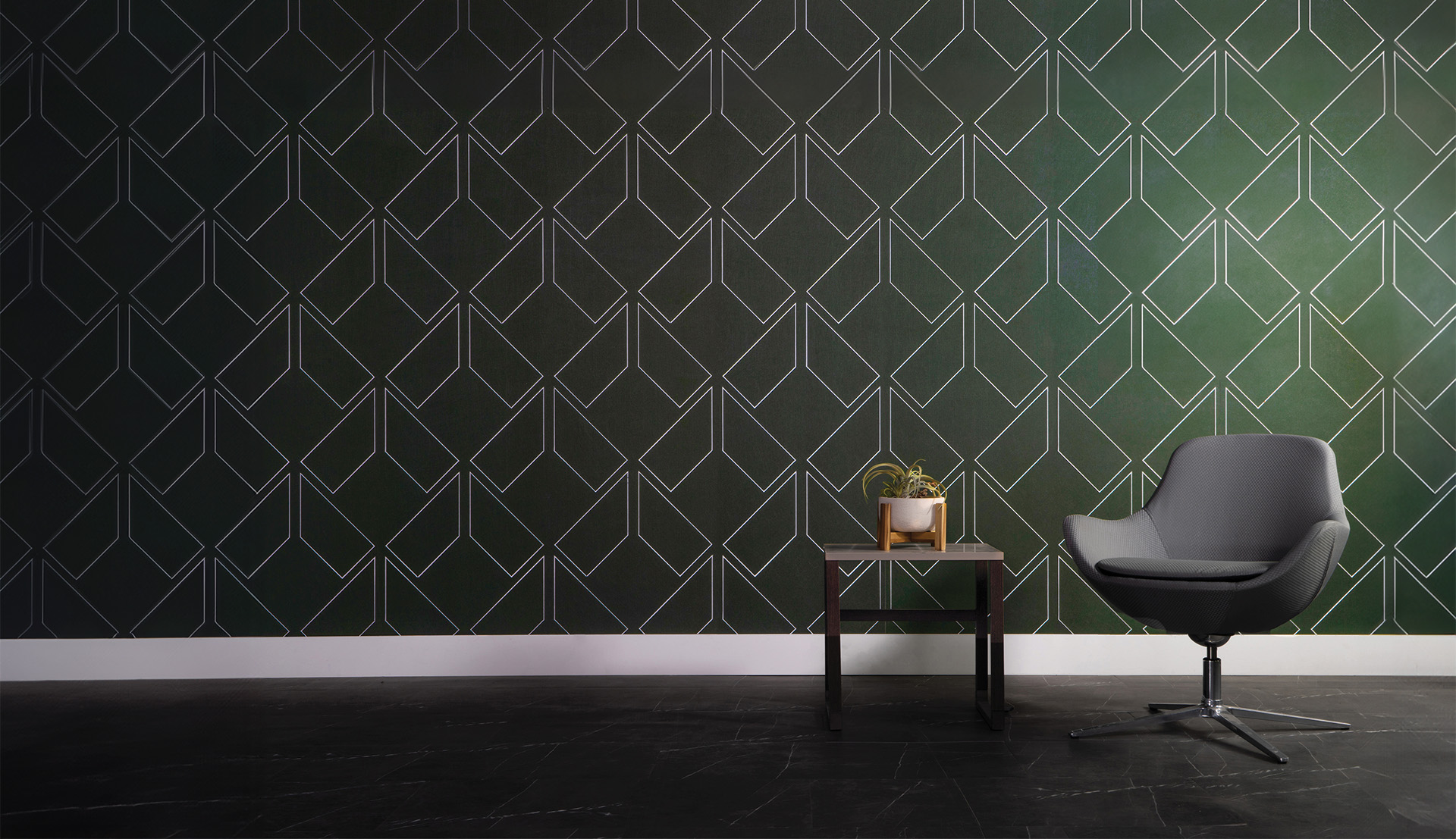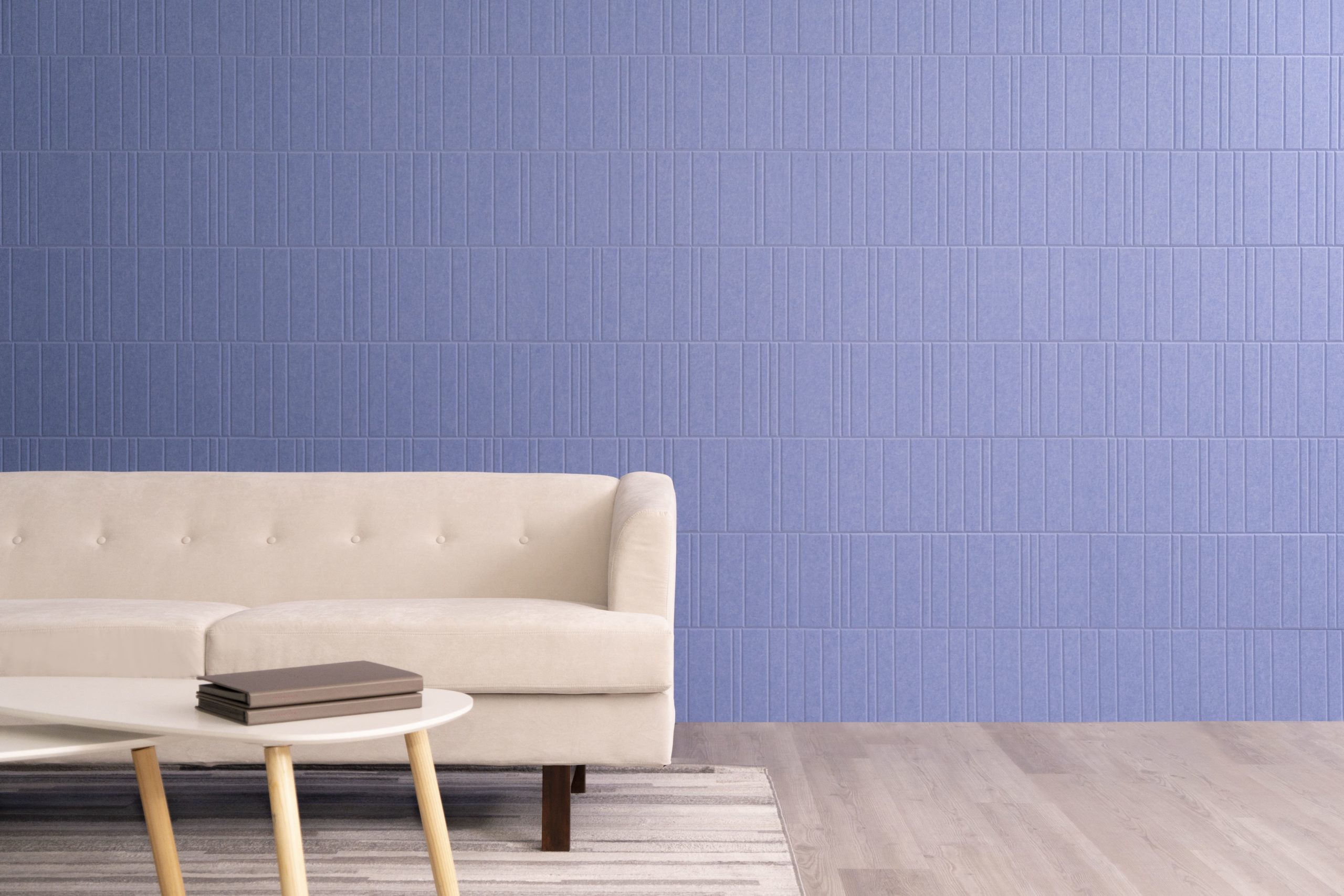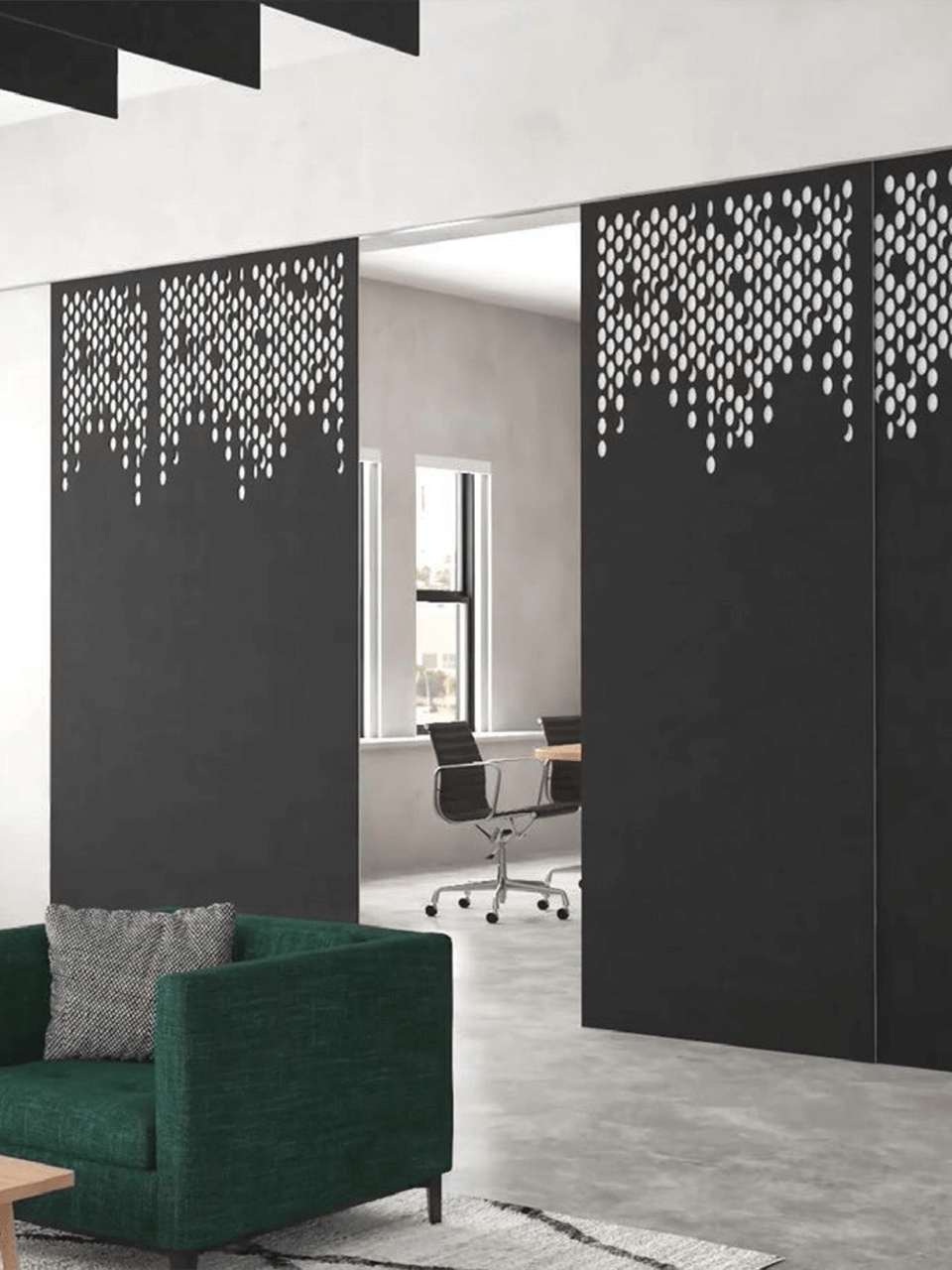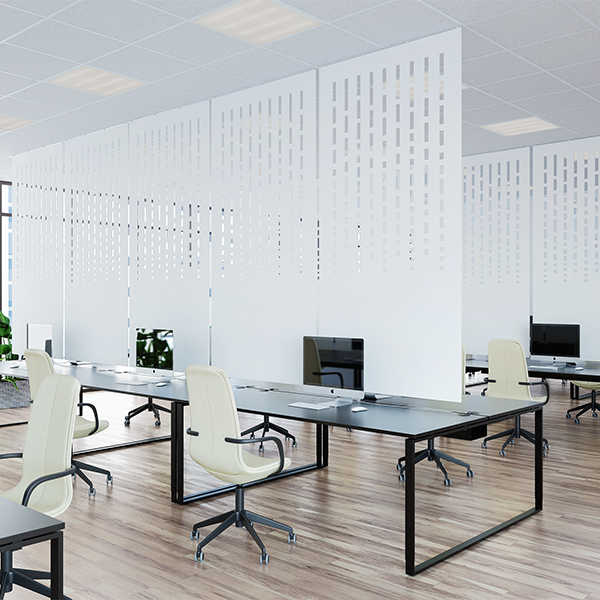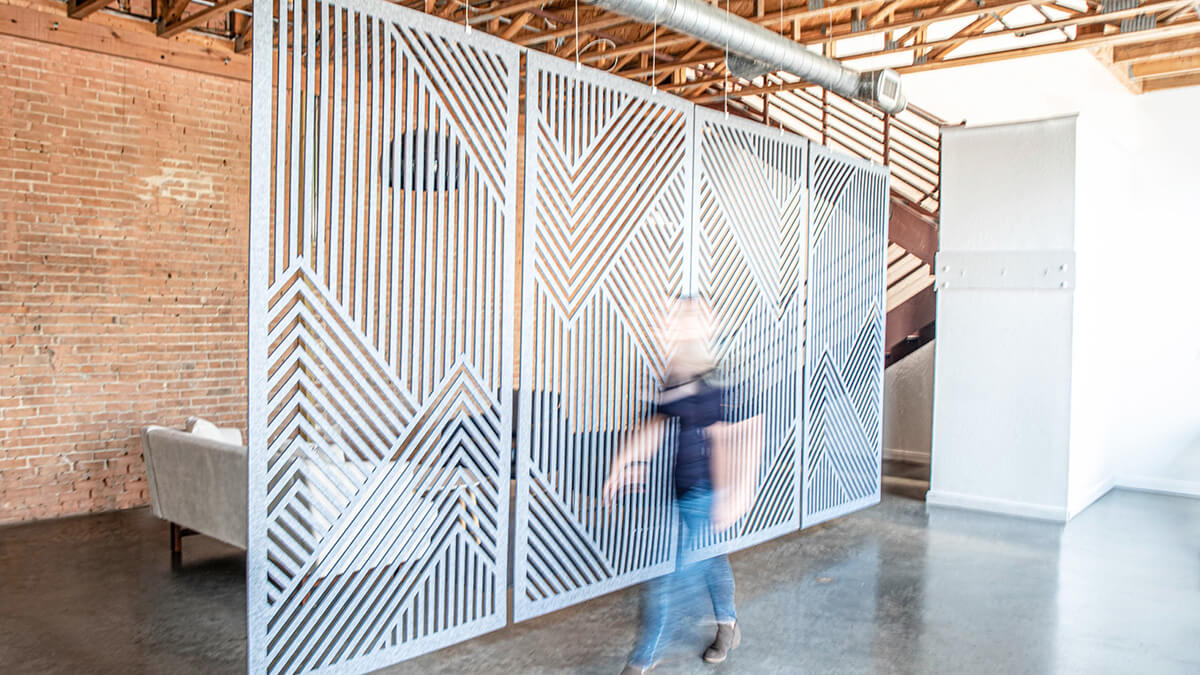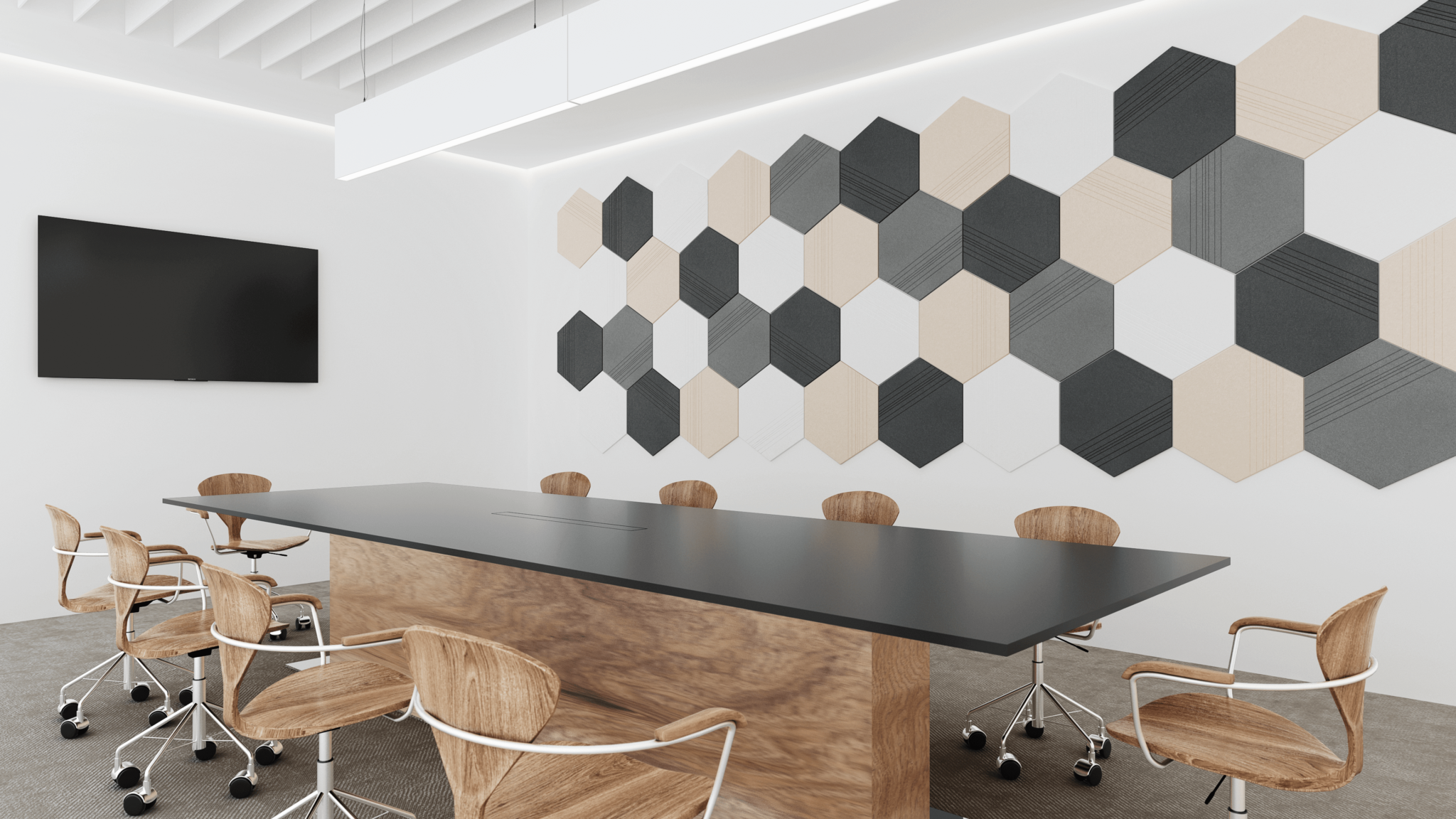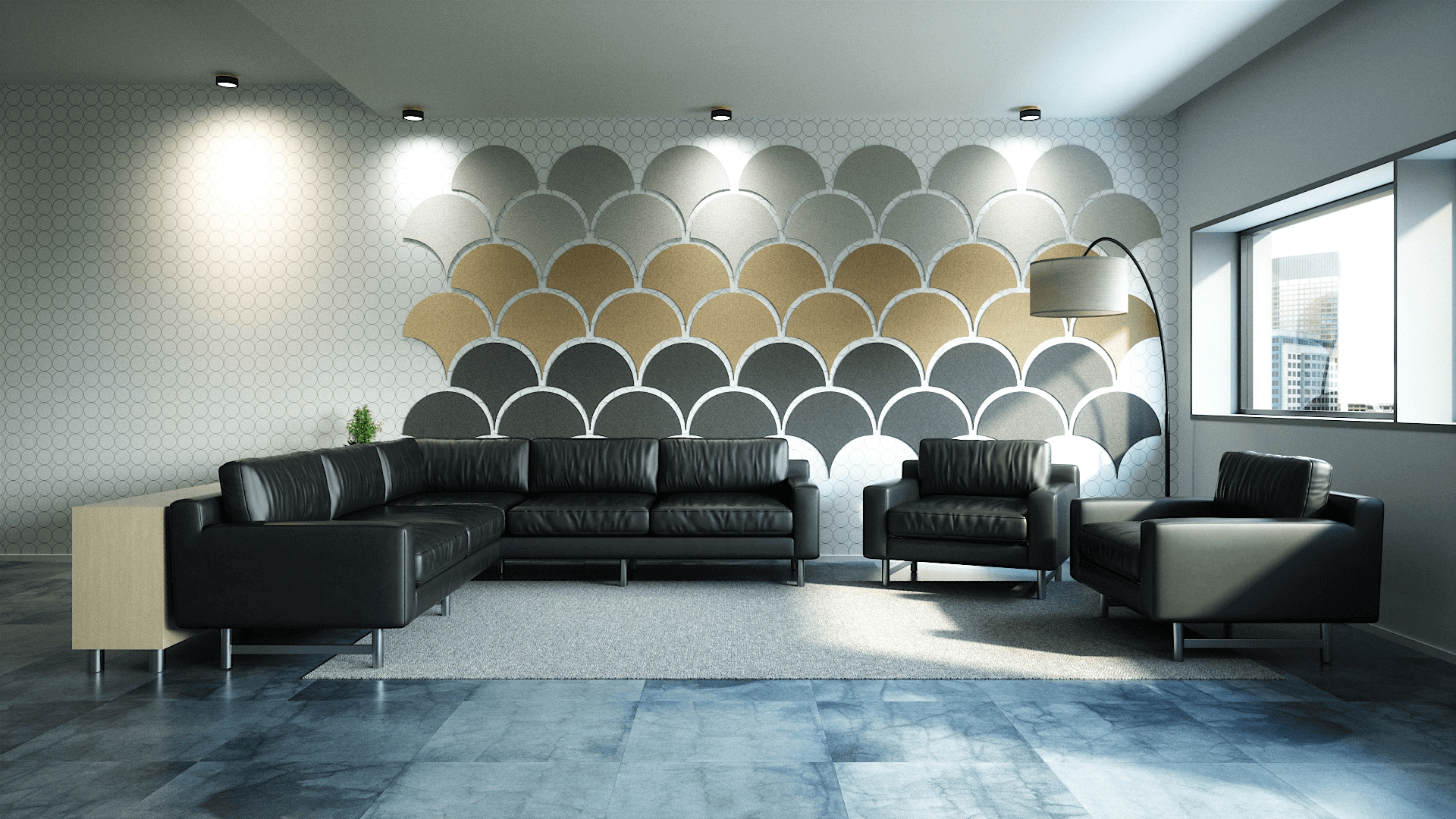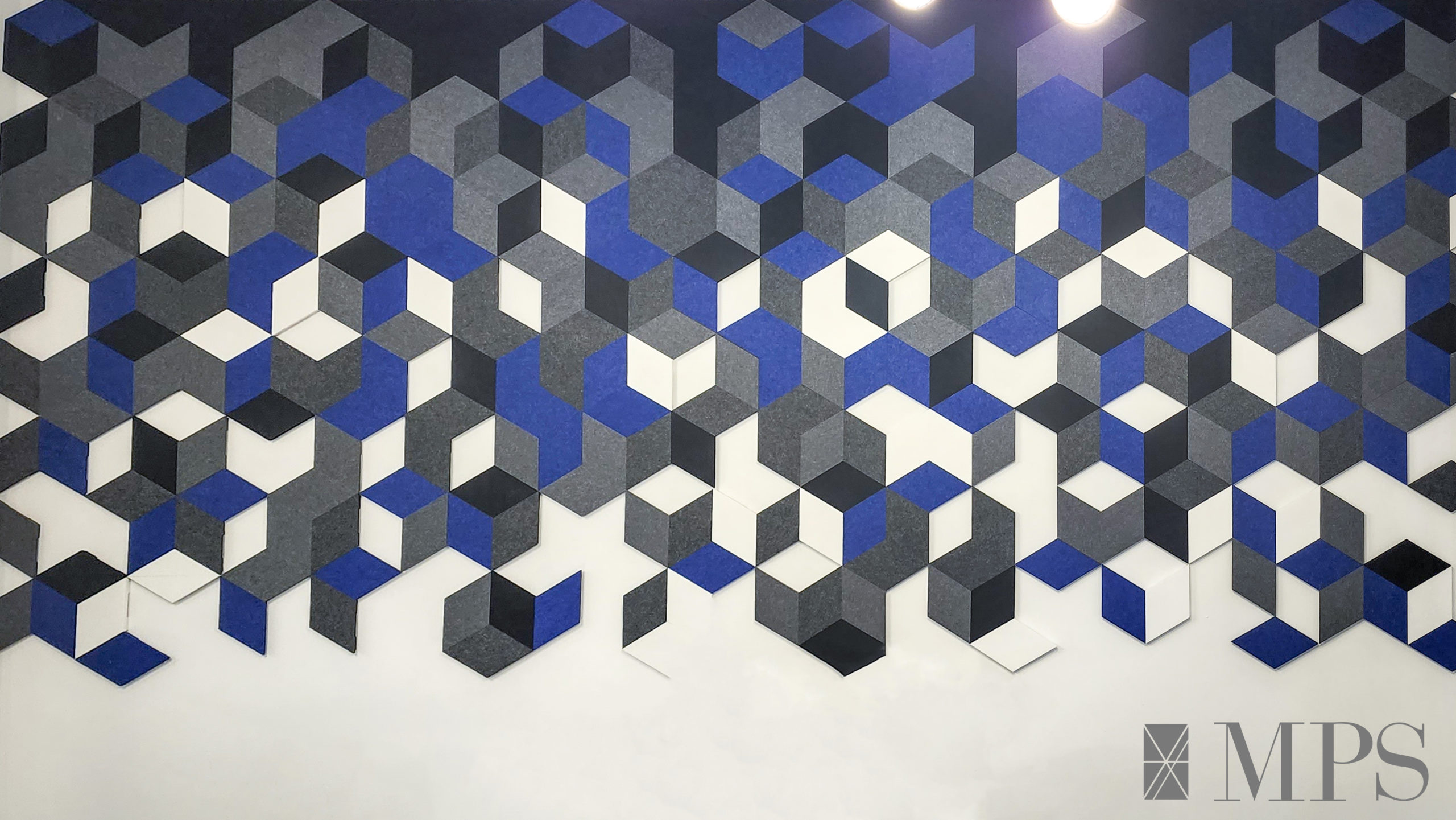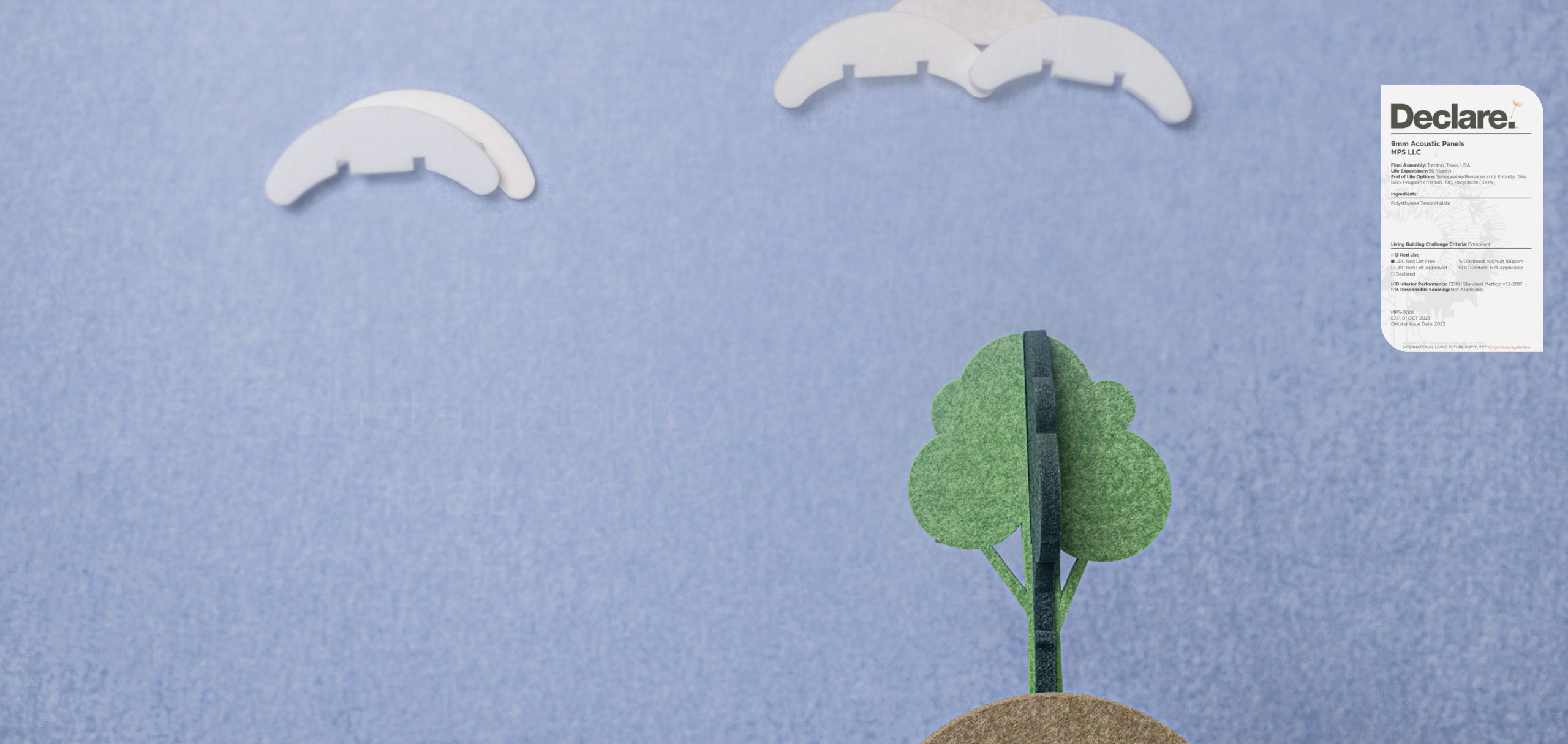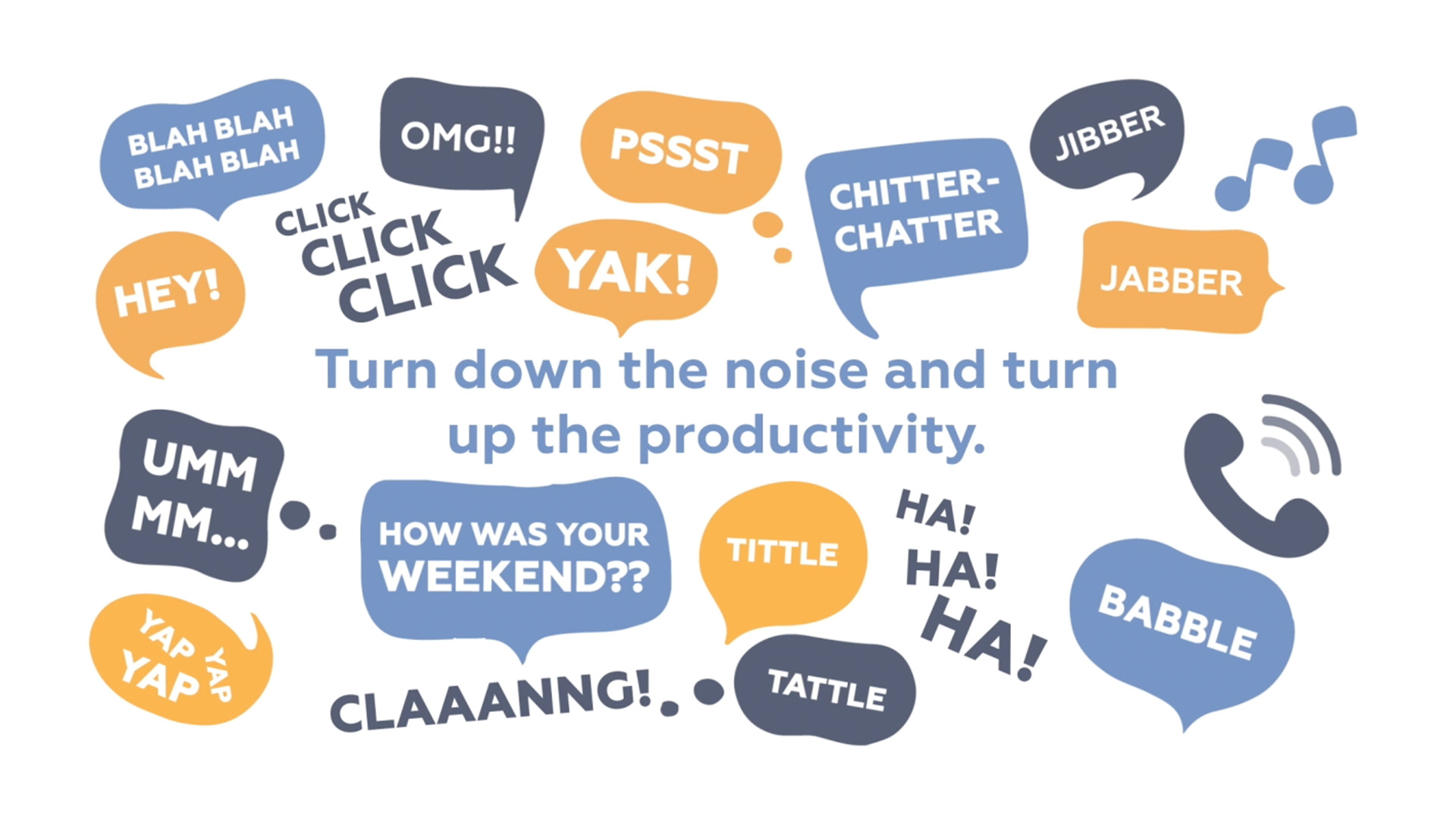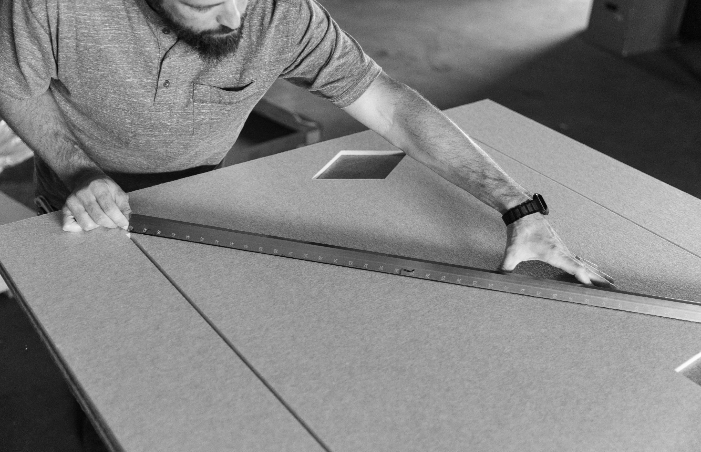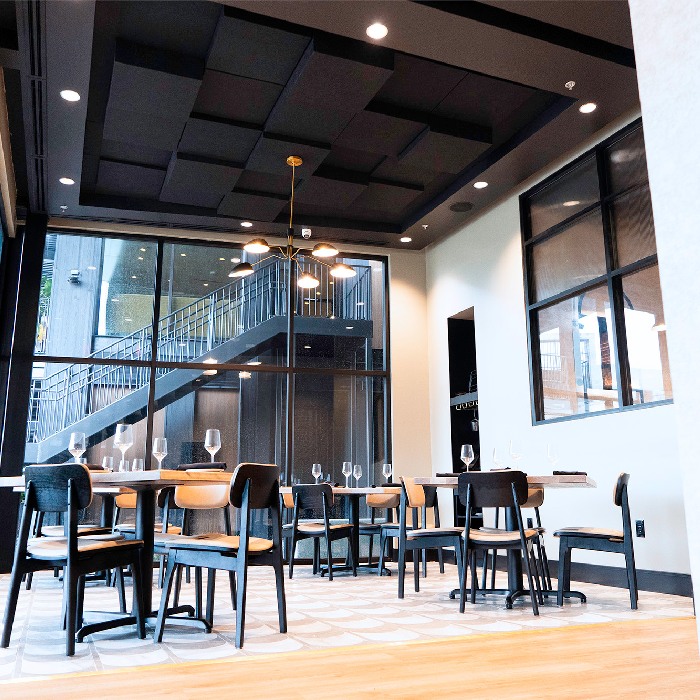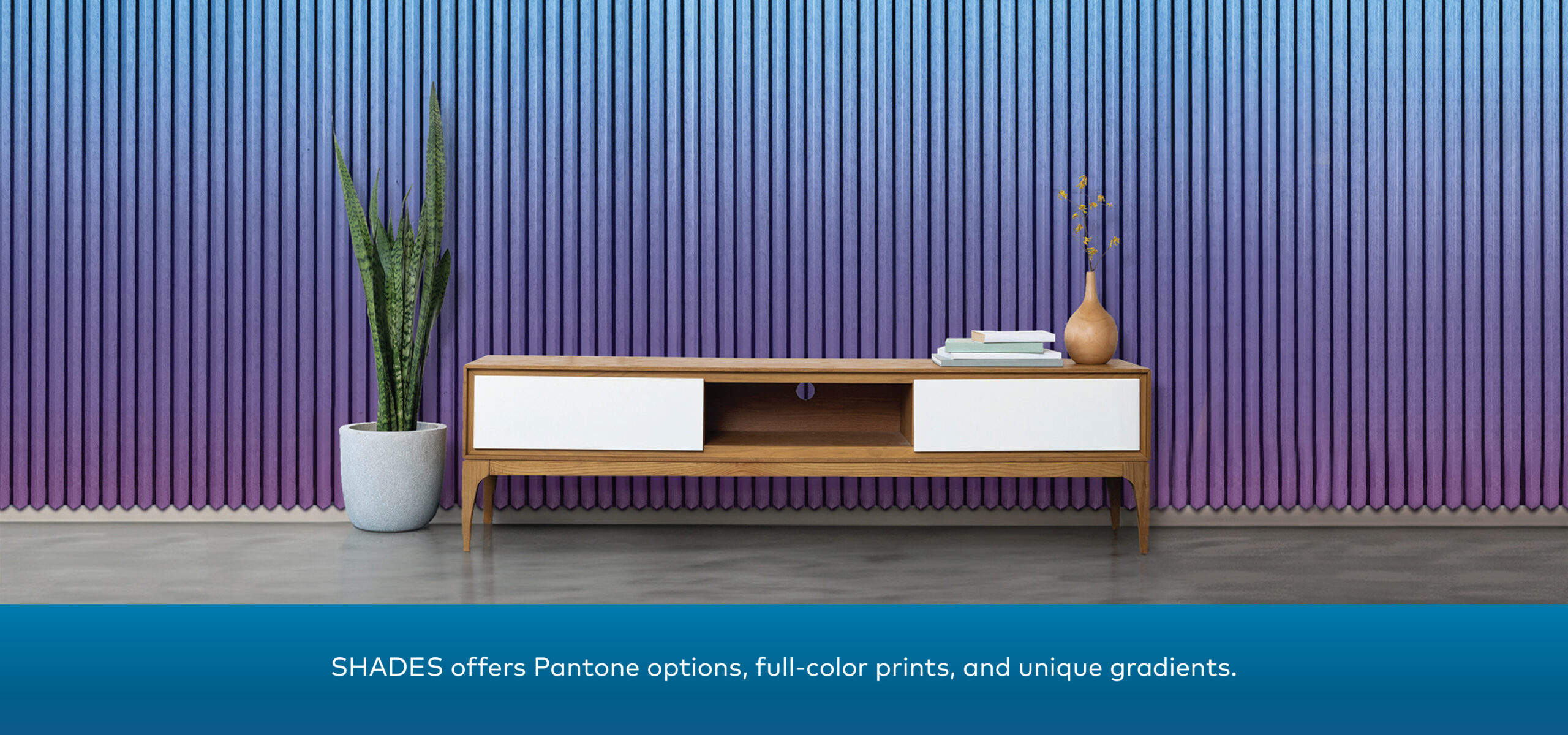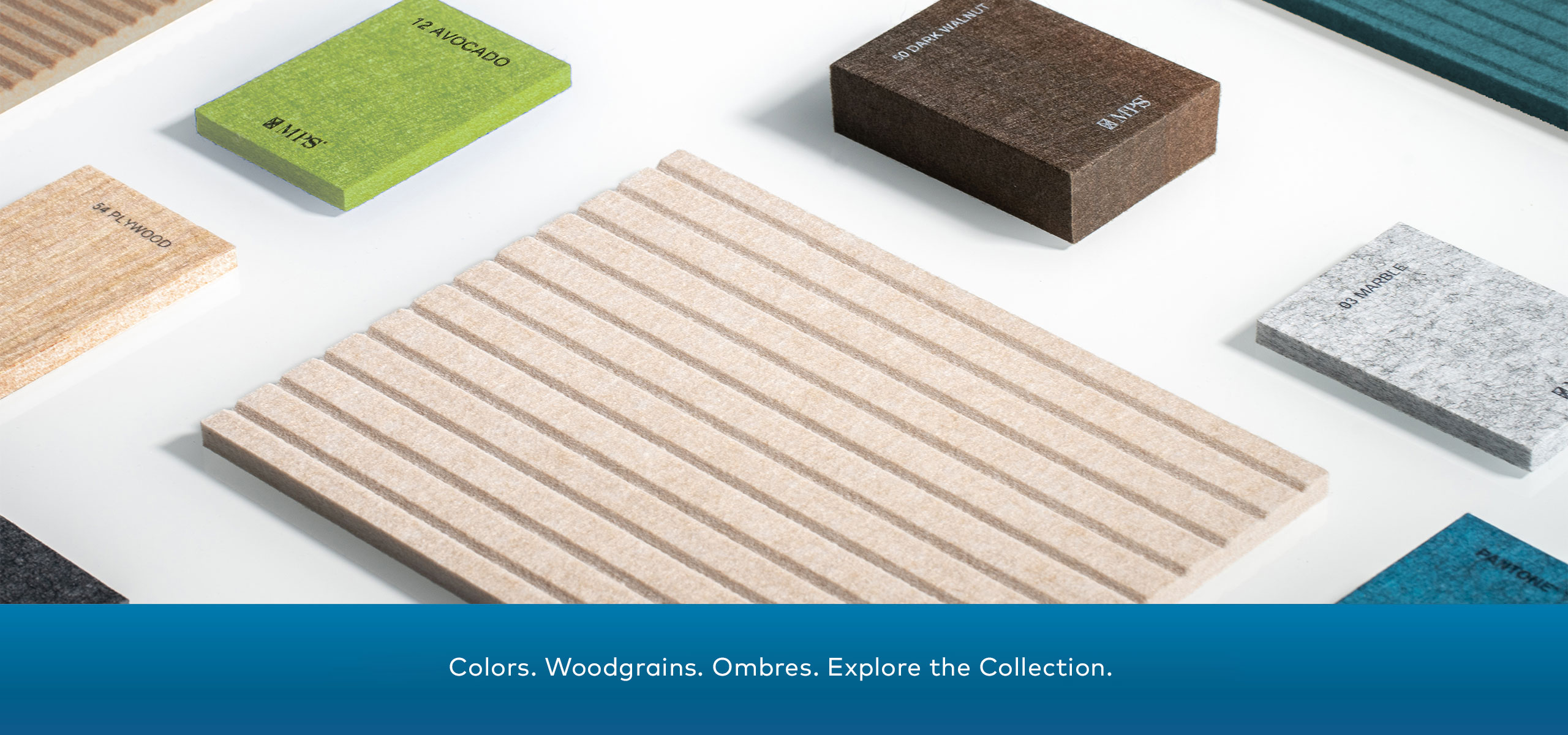Hospitals, by nature, are noisy. The type of walls, floors and furniture materials necessary for easy disinfection have hard, sound-reflecting rather than sound-absorbing surfaces.
- Add to that the following sources of noise:
- Staff conversations
- Paging systems and alerts
- Equipment, machines and rolling wheels from trolleys and beds
- Simultaneous meetings between patients and their doctors, roommates, or visitors
All of these combined result in a cacophony of noise.
The same sound-reflecting surfaces typically used in hospitals cause noise to bounce, echo, overlap and linger or have long reverberation times, reducing speech intelligibility. The staff ends up having to speak louder to each other or to patients/visitors to be heard and understood, further aggravating the noise problem.
This need to speak louder compromises patients’ confidential information and patients don’t even speak about their personal information at all when they feel the privacy isn’t secured.
The overall results don’t bode well to your HCAHPS scores. Patients’ perceived care goes down as their sense of comfort decreases.
Effects of high noise levels on patients:
- Annoyance, lowered perception of care, lower HCAHPS scores
- Sleep disruption and the negative effects thereof: slowed cell regeneration, compromised immune systems
- Decreased oxygen saturation
- Elevated blood pressure
- Increased heart and respiration rate among neonatal intensive care patients
- Decreased rate of wound healing
- Higher incidence of rehospitalization
Effects of high noise levels on staff:
- Increased perceived work pressure, stress, and frustration
- Increased fatigue
- Emotional exhaustion and burnout
- Difficulty in communication
- Increased error rates
Acoustic strategies for patient comfort
HIPAA mandates all patient information to be kept private, whether written or conveyed orally. One way HIPAA standards are achieved is through speech privacy, a measurable element in any environment, achieved through the ABCs of acoustic design:
Absorb – using acoustic panels or dividers can absorb distracting sounds as well as cut down on visual distractions.
Block – installing partitions can reduce both acoustic and visual distractions.
Cover – adding a source of unstructured, low-level background sound with a modern, adaptive sound masking system can cover distracting noise and increase speech privacy.
According to the Privacy Index, patients and hospital staff need normal privacy for a feeling of comfort and accurate efficiency in their tasks.
However, certain reception and admitting areas, consulting offices and patient rooms need nothing less than confidential privacy, not only for HIPAA compliance but for patient satisfaction.
Architectural considerations
Hospitals can provide single-patient rooms instead of wards to reduce the impact of noise and increase the patient’s perceived care. But this can be impossible for economic reasons. Sound masking can be applied in multi-patient rooms to provide a cushion of privacy.
Examination and treatment areas absolutely must be enclosed with walls, and discussion between patient and doctor, and conferences with families and staff should be in specific private offices installed with acoustic ceilings and walls to prevent speech and other sounds from bouncing off the ceiling to adjoining rooms and spaces.
What’s critical in healthcare
Intelligibility is critical because the staff needs to understand and act fast on auditory information. Poor acoustic environments get in the way of communication between medical staff, patients, and speech recognition systems the hospital uses.
Noise also makes comprehension difficult when staff or patients communicate with different accents and speech patterns. Error rates go up and confidentiality goes down as everyone tries to fight the noise.
Privacy and noise control are critical for patient and staff well-being, efficiency, satisfaction, and comfort. HCAHPS scores hinge on the patient’s perceived care and perceived care depends on the patient’s comfort and satisfaction during their stay.
Employ a combined solution of the ABCs of privacy– like Making Privacy Simple (MPS™) acoustic panels and VoiceArrest™ sound masking systems– to immediately improve the acoustic environment without the huge costs of structural changes.



EcoPrivacy Acoustic™ panels are flexible in size, shape, and color, elevating a reception area, nurse station or ward’s visual welcome while pulling double duty of contributing to noise absorption and blocking. VoiceArrest™ sound masking has a patented, adaptive technology that adjusts to a zone’s level of noise, reducing the magnitude of loud noises and completely covering or reducing the intelligibility of speech.
This increases patient and staff comfort and the room or area’s score in the privacy index, without negatively affecting the ability of staff and patients to easily communicate with each other. Sound masking is also ideal for improving a hospital’s night-time noise levels particularly along with patient bedrooms, improving sleep quality, and therefore aiding in giving patients much needed recovery.
Well-rested patients give a good review on the HCAHPS, make referrals and pick the same hospital instead of elsewhere should they need to return.
Ordinary white noise machines won’t do. Learn more about plugging the sound leaks in hospitals here.

